Lot 1016. From the Collection of Dr. Hiroshi Horiuchi. A small Longquan celadon conical bowl, Southern Song dynasty (1127-1279); 10.7 cm diam, Japanese wood box. Estimate USD 8,000 – USD 12,000. Price Realised USD 25,200. © Christie's 2023
Provenance:Mayuyama, Tokyo.
Literature: Mayuyama, Song Ceramics, Tokyo, 2014, no. 55.
Nihon Toji Kyokai (Japan Ceramics Society), Tosetsu: A Monthly Journal Published by the Japan Ceramic Society, vol. 773, 2017, p. 49.
Exhibited: Tokyo, Mayuyama, Song Ceramics, 16-25 October 2014.
On loan: Fukuoka, Kyushu National Museum, August 2019-June 2023.
Lot 1017. From the Collection of Dr. Hiroshi Horiuchi. A small Longquan celadon 'Twin fish' dish, Southern Song-Yuan dynasty (1127-1368); 13.2 cm diam, Japanese wood box. Estimate USD 6,000 – USD 10,000. Price Realised USD 9,450. © Christie's 2023
Provenance: Collection of Dr. Onodera Naosuke (1883-1968, Director of Medical College in Kyushu Imperial University), by repute.
Sen Shu Tey, Tokyo.
Exhibited: On loan: Fukuoka, Kyushu National Museum, August 2019-June 2023.
Note: Paired fish symbolize fertility and connubial bliss, and they are also one of the Eight Buddhist symbols. Dishes of this type, known as 'twin fish' dishes, were popular products of the Longquan kilns during the late Southern Song to early Ming period. Similar dishes have been recovered from Southern Song kilns in the Longquan region, such as the bowl unearthed at Jincun, illustrated in Longquan Qingci Yanjiu, Beijing, 1989, pl. 36:3. Longquan molded fish dishes of this type were recovered from the cargo of a trading vessel that sank off the coast of Sinan, South Korea, in the 1320s, and were included in the Special Exhibition of Cultural Relics Found off the Sinan Coast, National Museum of Korea, Seoul, 1977, pl. 28. Other examples are in the National Palace Museum, Taipei, included in Illustrated Catalogue of Sung Dynasty Porcelain in the National Palace Museum, Lung-chu'än Ware, Ko Ware and other Wares, Taipei, 1974, pl. 26, and in the Percival David Foundation, included in the Illustrated Catalogue of Celadon Wares, rev. ed., London, 1997, p. 27, no. 265.
Lot 1018. From the Collection of Dr. Hiroshi Horiuchi. A Longquan celadon carved 'lotus' bowl, Southern Song dynasty (1127-1279); 15 cm diam, Japanese wood box. Estimate USD 12,000 – USD 18,000. Price Realised USD 20,160. © Christie's 2023
Provenance: Sen Shu Tey, Tokyo.
Literature: Sen Shu Tey, The Collection of Chinese Art II - Special Exhibition 'Strolled for Last Ten Years', Tokyo, 2016, no. 99.
Exhibited: Tokyo, Sen Shu Tey, The Collection of Chinese Art II – Special Exhibition 'Strolled for Last Ten Years', 2016.
Lot 1019. From the Collection of Dr. Hiroshi Horiuchi. A Longquan celadon pear-shaped vase, Southern Song dynasty (1127-1279); 15.1 cm high, Japanese wood box. Estimate USD 3,000 – USD 5,000. Price Realised USD 37,800. © Christie's 2023
Provenance: Private Collection, Japan.
Exhibited: On loan: Fukuoka, Kyushu National Museum, August 2019-June 2023.
Note: Two similar Longquan celadon vases of comparable size are illustrated by B. Gyllensvärd in Chinese Ceramics in the Carl Kempe Collection, Stockholm, 1964, p. 50, nos. 96 and 97. See, also the Longquan celadon vase of this shape and size sold at Christie’s New York, 13 September 2019, lot 1011, and another example sold at Christie’s New York, 18 September 2015, lot 2324.
Lot 1020. From the Collection of Dr. Hiroshi Horiuchi. A Qingbai floriform dish, Southern Song dynasty (1127-1279); 13.8 cm diam., Japanese wood box. Estimate USD 8,000 – USD 12,000. Price Realised USD 13,800. © Christie's 2023
Provenance: Sen Shu Tey, Tokyo.
Lot 1021. From the Collection of Dr. Hiroshi Horiuchi. A carved Qingbai 'boys' bowl, Southern Song dynasty (1127-1279); 18.3 cm diam., Japanese wood box. Estimate USD 6,000 – USD 8,000. Price Realised USD 25,200. © Christie's 2023
Provenance: Private collection, Japan.
Lot 1022. From the Collection of Dr. Hiroshi Horiuchi. A Longquan celadon stem cup, Yuan-Early Ming dynasty, 14th-15th century; 11.5cm high, Japanese wood box. Estimate USD 6,000 – USD 8,000. Price Realised USD 10,080. © Christie's 2023
Provenance: Kusaka Shogado, Tokyo.
Note: The flared stem of this stem cup is divided into four sections by horizontal ribs in imitation of a stalk of bamboo. As noted by J. Harrison-Hall in Ming Ceramics in the British Museum, London, 2001, p. 463, “bamboo is assigned Confucian qualities which are much admired in a man – it does not break under pressure, and is constant, never losing its colour even in adverse conditions.” Harrison-Hall illustrates, pp. 463-64, nos. 16:2-16:5, four Longquan celadon stem cups with similar “bamboo” stems, all of which are dated Yuan to Ming dynasty, c. 1300-1400.
Lot 1023. From the Collection of Dr. Hiroshi Horiuchi. A rare small barrel-form wucai 'dragon' jar, Chongzhen period (1628-1644); 7.6 cm diam., Japanese wood box. Estimate USD 4,000 – USD 6,000. Price Realised USD 22,680. © Christie's 2023
Provenance: Private collection, Japan.
Lot 1024. From the Collection of Dr. Hiroshi Horiuchi. A large famille verte bowl, Shunzhi period (1644-1661); 21.5 cm diam., Japanese wood box. Estimate USD 4,000 – USD 6,000. Price Realised USD 35,280. © Christie's 2023
Provenance: Sen Shu Tey, Tokyo.
Lot 1025. From the Collection of Dr. Hiroshi Horiuchi. A blue and white circular 'Three friends of winter' basin, Shunzhi period (1644-1661); 21.7 cm diam., two lacquer covers, Japanese wood box. Estimate USD 15,000 – USD 25,000. Price Realised USD 16,380. © Christie's 2023
Provenance: Sen Shu Tey, Tokyo.
Literature: Sen Shu Tey, The Collection of Chinese Art II - Special Exhibition 'Strolled for Last Ten Years', Tokyo, 2016, no. 124.
Exhibited: Tokyo, Sen Shu Tey, The Collection of Chinese Art II – Special Exhibition 'Strolled for Last Ten Years', 2016.
Lot 1026. From the Collection of Dr. Hiroshi Horiuchi. A blue and white 'Auspicious flowers and birds' jardinière, Kangxi-Yongzheng period (1662-1735); 22 cm diam., Japanese wood box. Estimate USD 10,000 – USD 15,000. Price Realised USD 18,900. © Christie's 2023
The base bears a faint inscription in ink which may be translated 'Acquired in Taiping county on the 4th month in the second year of Yongzheng [1724]'.
Provenance: Sen Shu Tey, Tokyo.
Literature: Sen Shu Tey, The Collection of Chinese Art II - Special Exhibition 'Strolled for Last Ten Years', Tokyo, 2016, no. 140.
Exhibited: Tokyo, Sen Shu Tey, The Collection of Chinese Art II – Special Exhibition 'Strolled for Last Ten Years', 2016.
Lot 1027. From the Collection of Dr. Hiroshi Horiuchi. A small doucai 'dragon' cup, Yongzheng period (1723-1735); 9.1 cm diam., Japanese wood box. Estimate USD 18,000 – USD 25,000. Price Realised USD 20,160. © Christie's 2023
The base is inscribed with an apocryphal Chenghua mark.
Provenance: Sen Shu Tey, Tokyo.
Note: The dragon, long, and the phoenix, fenghuang, were explicit emblems of the emperor and empress, respectively, since the Han dynasty. When the dragon and phoenix are combined in a single design, they evoke an image of imperial power and strength.
Lot 1028. From the Collection of Dr. Hiroshi Horiuchi. A doucai 'Mandarin duck and lotus pond' dish, Kangxi period (1662-1722); 16.2 cm diam., Japanese wood box. Estimate USD 5,000 – USD 7,000. Price Realised USD 6,930. © Christie's 2023
The base is inscribed with an apocryphal Chenghua mark.
Provenance: Sen Shu Tey, Tokyo.
Note: Pairs of ducks are associated with fidelity and harmony. In Designs as Signs: Decoration and Chinese Ceramics, Percival David Foundation, London, 2001, Stacey Pierson explains that pairs of mandarin ducks, yuan yang, represent marital fidelity or harmony as they are said to mate for life. In association with lotus, which is homophonous with the word for harmony (he), they can represent a wish for sons.
Lot 1029. From the Collection of Dr. Hiroshi Horiuchi. A doucai 'Egret and lotus pond' barrel-form jar, Kangxi-Yongzheng period (1662-1735); 16.5 cm high, lacquer cover, Japanese wood box. Estimate USD 20,000 – USD 30,000. Price Realised USD 25,200. © Christie's 2023
Provenance: Private collection, Japan.
Sen Shu Tey, Tokyo.
Literature: Sen Shu Tey, The Collection of Chinese Art II – Special Exhibition 'Strolled for Last Ten Years', Tokyo, 2016, no. 138.
Exhibited: Tokyo, Sen Shu Tey, The Collection of Chinese Art II – Special Exhibition 'Strolled for Last Ten Years', 2016.
Lot 1030. From the Collection of Dr. Hiroshi Horiuchi. An underglaze blue-decorated yellow-glazed 'Palace' bowl, Kangxi period (1662-1722); 15.8 cm diam., Japanese wood box. Estimate USD 8,000 – USD 12,000. Unsold. © Christie's 2023
The base has an apocryphal Chenghua mark.
Provenance: Sen Shu Tey, Tokyo.
Note: The design of this bowl draws inspiration from prototypes made during the Chenghua period. These bowls, commonly referred to as 'palace' bowls, are known for their exceptional potting, exquisite craftsmanship, and sophisticated decoration. They featured elaborate floral scrolls as the primary decorative element. The bowls are adorned with various flowers, including the mallow flowers showcased on the present bowl, along with daylilies and lotus. A Chenghua-marked 'palace' bowl with a similar pattern can be found in J. Harrison-Hall, Catalogue of Late Yuan and Ming Ceramics in the British Museum, London, 2000, p. 164, no. 6.4. Later in the Ming dynasty and throughout the Qing dynasty, potters aimed to replicate the exceptional potting and quality of painting exhibited in the early-Ming 'palace' bowls, as demonstrated in this successful Kangxi-period version.
Lot 1031. From the Collection of Dr. Hiroshi Horiuchi. A finely decorated blue and white cylindrical brush pot, Kangxi period (1662-1722); 13.5 cm high, Japanese wood box. Estimate USD 30,000 – USD 50,000. Price Realised USD 75,600. © Christie's 2023
Provenance: Kunryudo, Tokyo.
Sen Shu Tey, Tokyo.
Lot 1032. From the Collection of Dr. Hiroshi Horiuchi. A small flambé-glazed censer, 18th century; 11.3 cm across, Japanese wood box. Estimate USD 7,000 – USD 9,000. Price Realised USD 22,680. © Christie's 2023
Provenance: Sen Shu Tey, Tokyo.
Lot 1033. From the Collection of Dr. Hiroshi Horiuchi. A teadust-glazed meiping, 18th century; 22.5 cm high, Japanese wood box. Estimate USD 6,000 – USD 8,000. Price Realised USD 7,560. © Christie's 2023
Provenance: Private collection, Japan.
Sen Shu Tey, Tokyo.
Lot 1033. From the Collection of Dr. Hiroshi Horiuchi. A small copper-red-glazed cup, Yongzheng six-character mark in underglaze blue within a double circle and of the period (1723-1735); 7.4 cm diam, Japanese wood box. Estimate USD 10,000 – USD 15,000. Price Realised USD 21,420. © Christie's 2023
Provenance: Private collection, Japan.
Christie's. Important Chinese Ceramics and Works of Art, New York, 21 sept. & 22 sept. 2023

/https%3A%2F%2Fprofilepics.canalblog.com%2Fprofilepics%2F1%2F0%2F100183.jpg)
/https%3A%2F%2Fstorage.canalblog.com%2F03%2F02%2F119589%2F96711876_o.jpg)
/https%3A%2F%2Fstorage.canalblog.com%2F11%2F31%2F119589%2F94773502_o.jpg)
/https%3A%2F%2Fstorage.canalblog.com%2F20%2F83%2F119589%2F94772815_o.jpg)
/https%3A%2F%2Fstorage.canalblog.com%2F26%2F72%2F119589%2F75604929_o.jpg)
/https%3A%2F%2Fstorage.canalblog.com%2F59%2F60%2F119589%2F26458628_o.jpg)
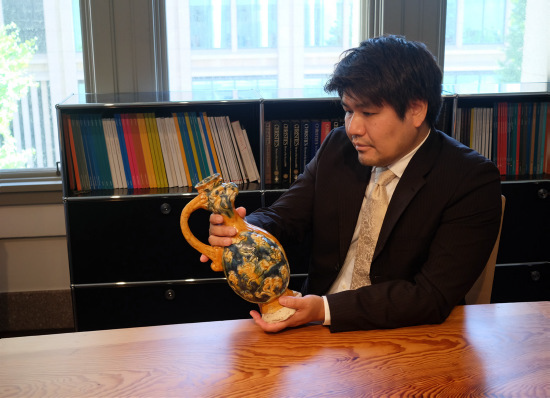
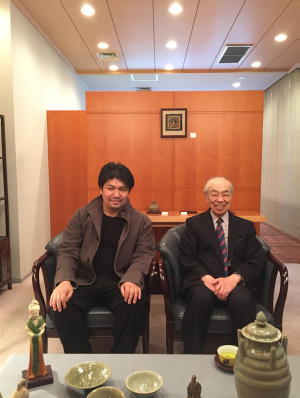

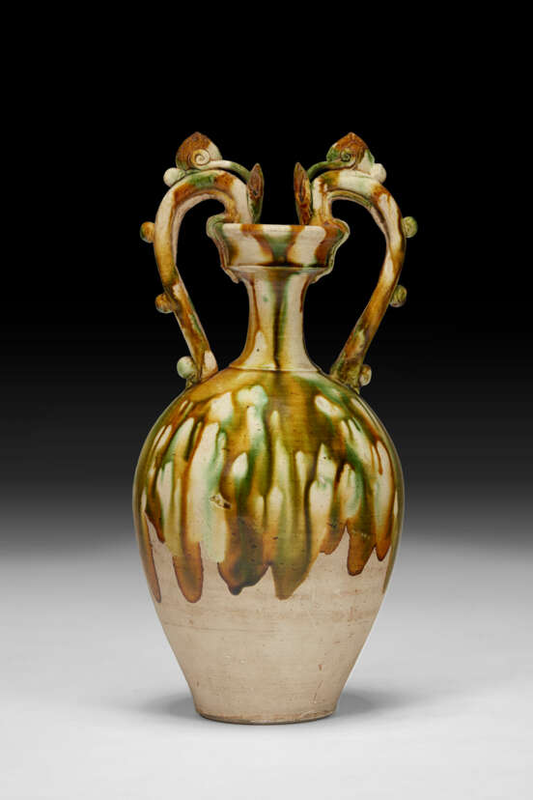
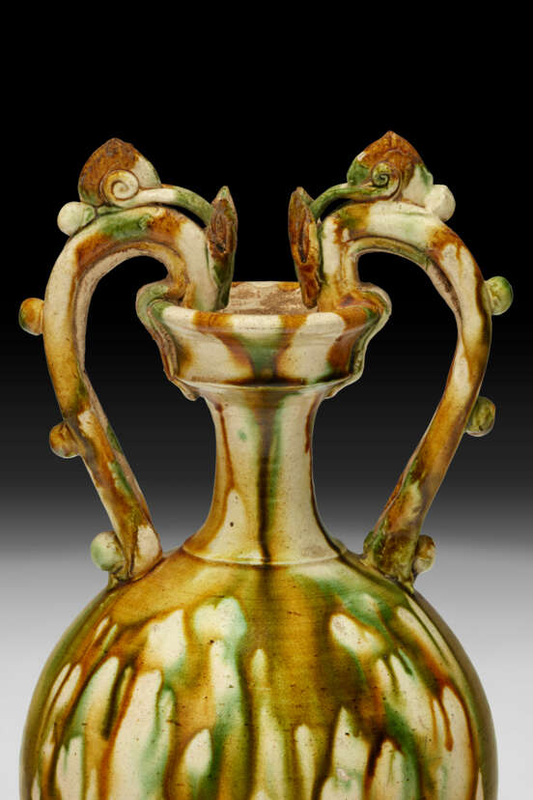
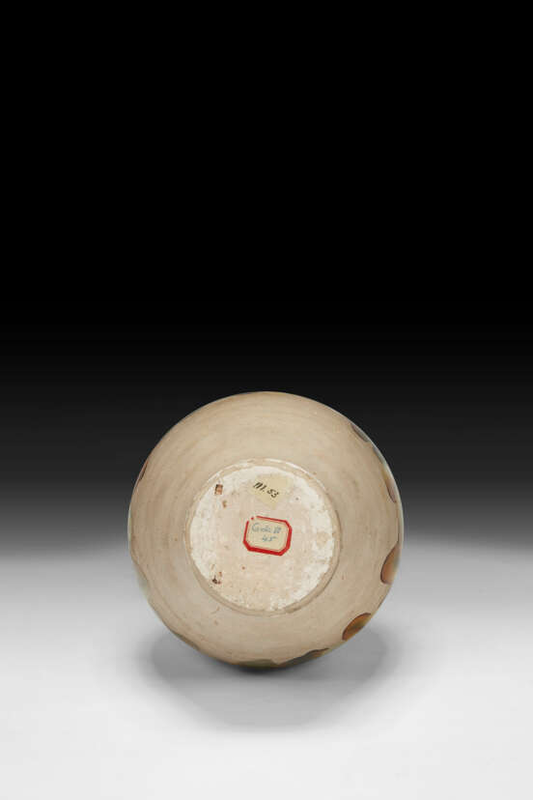



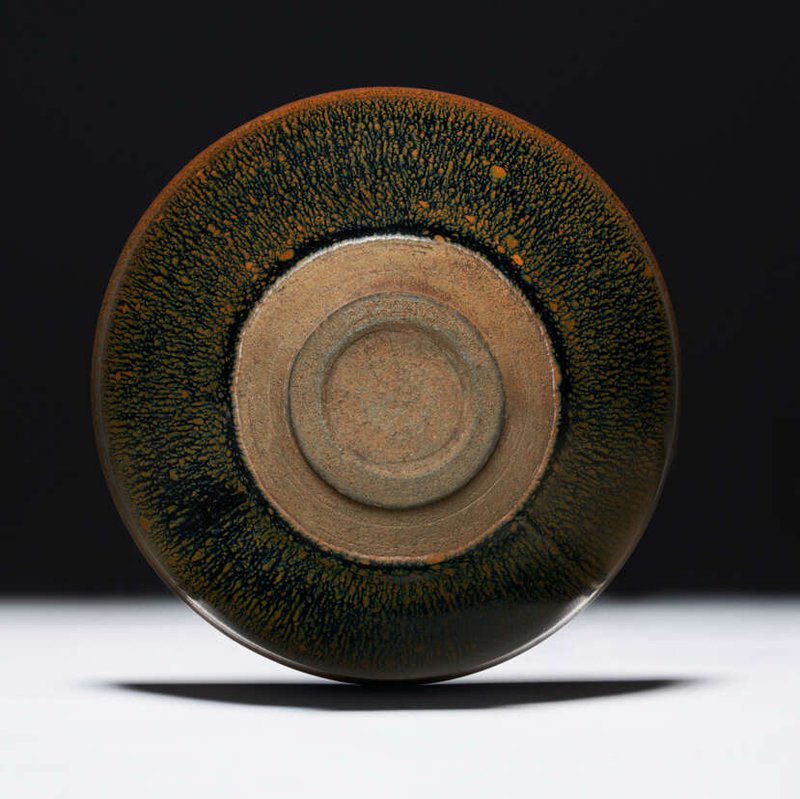
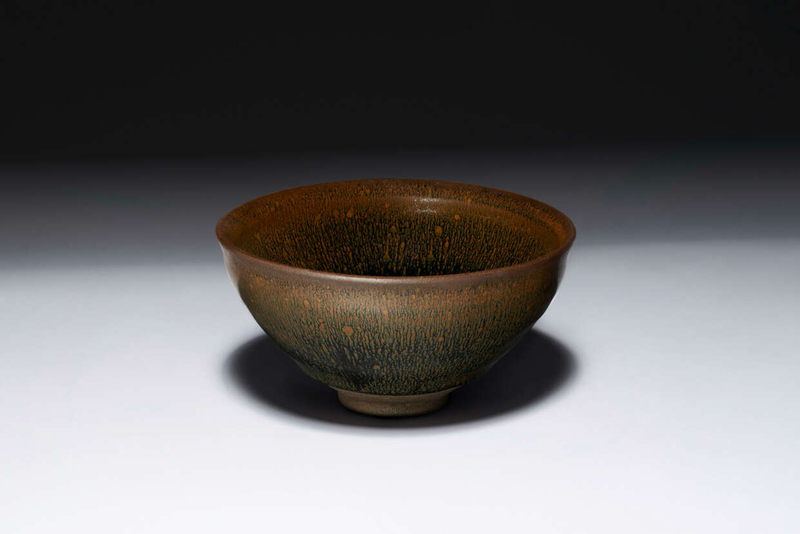
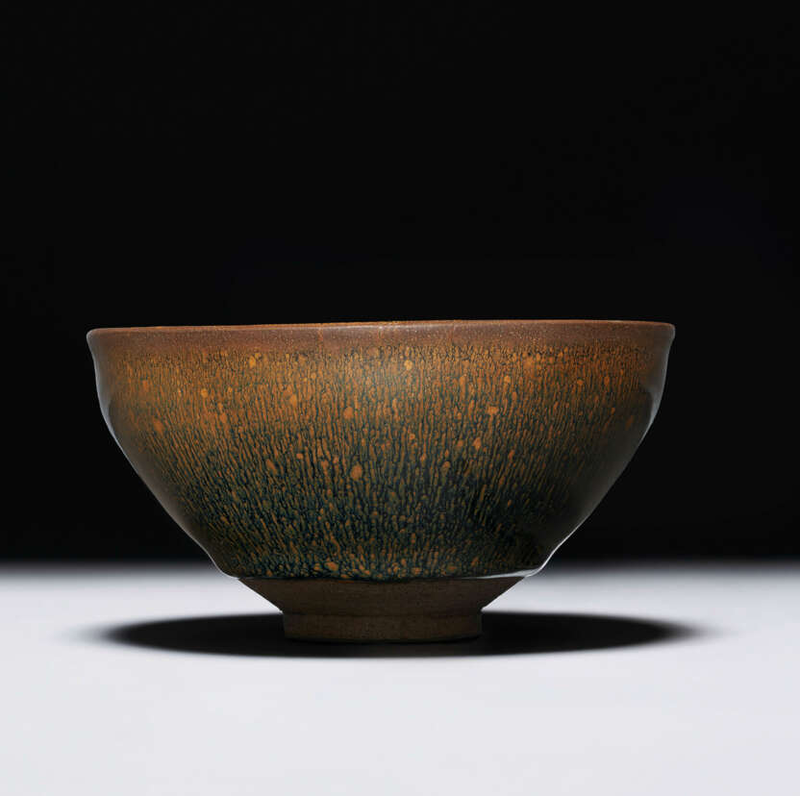
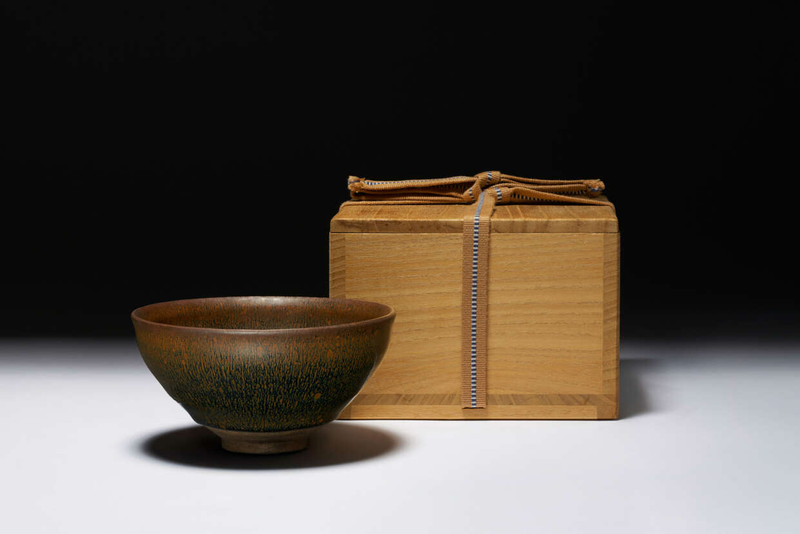
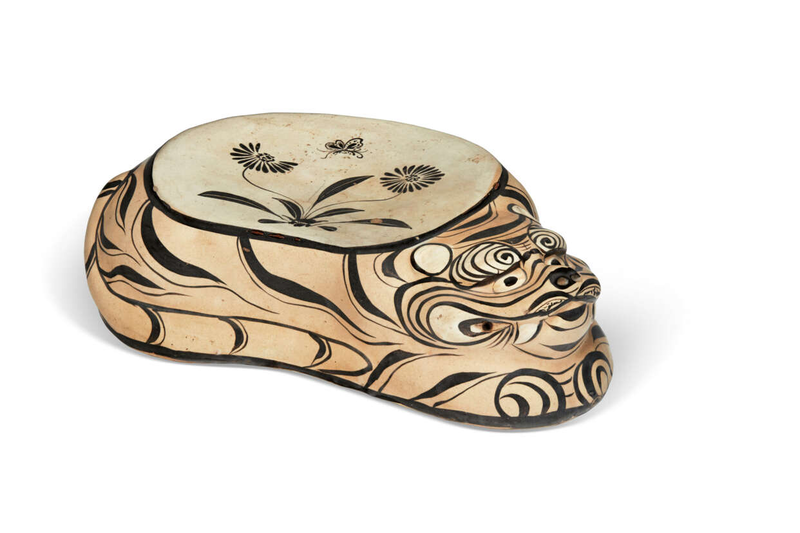
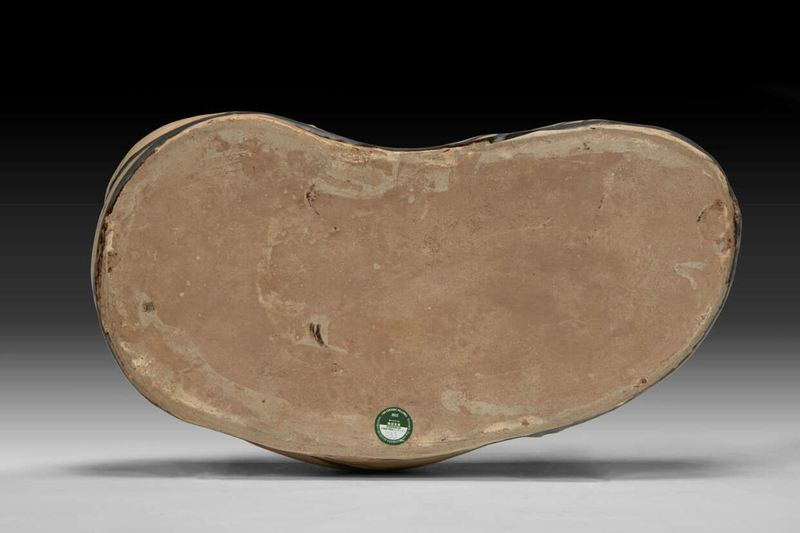
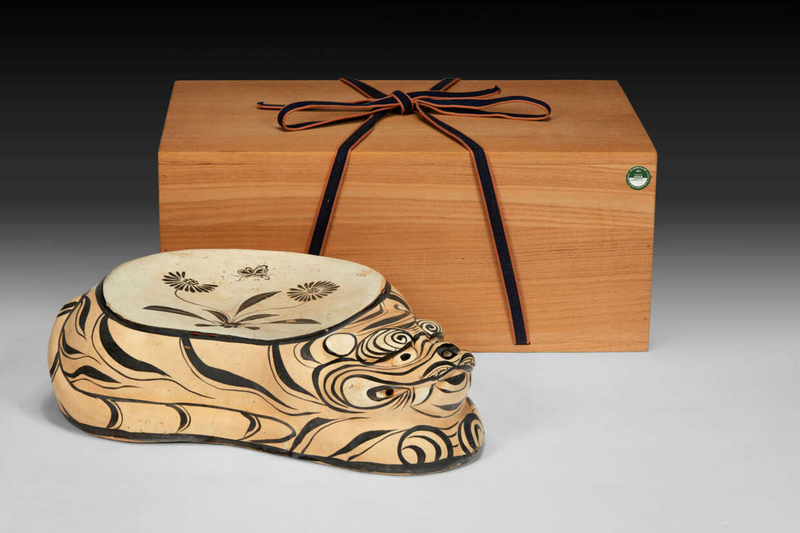
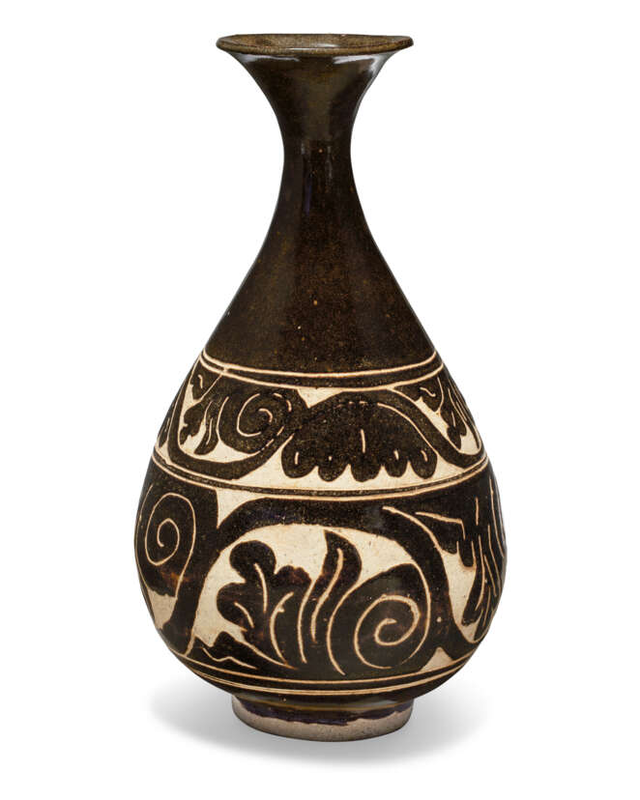
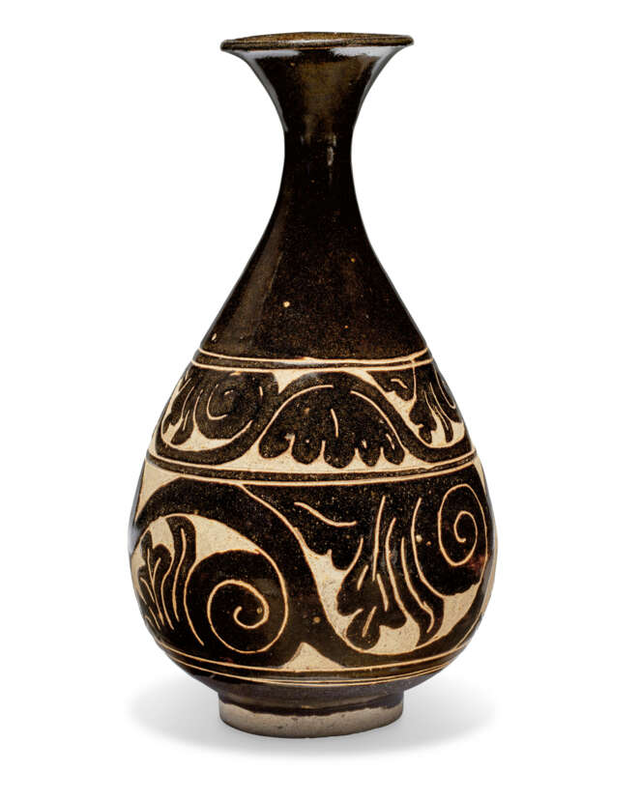
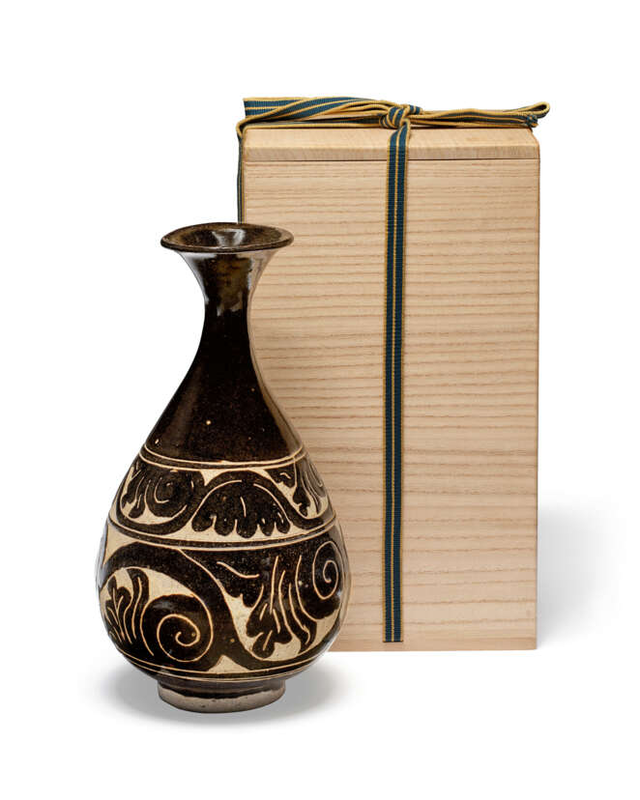
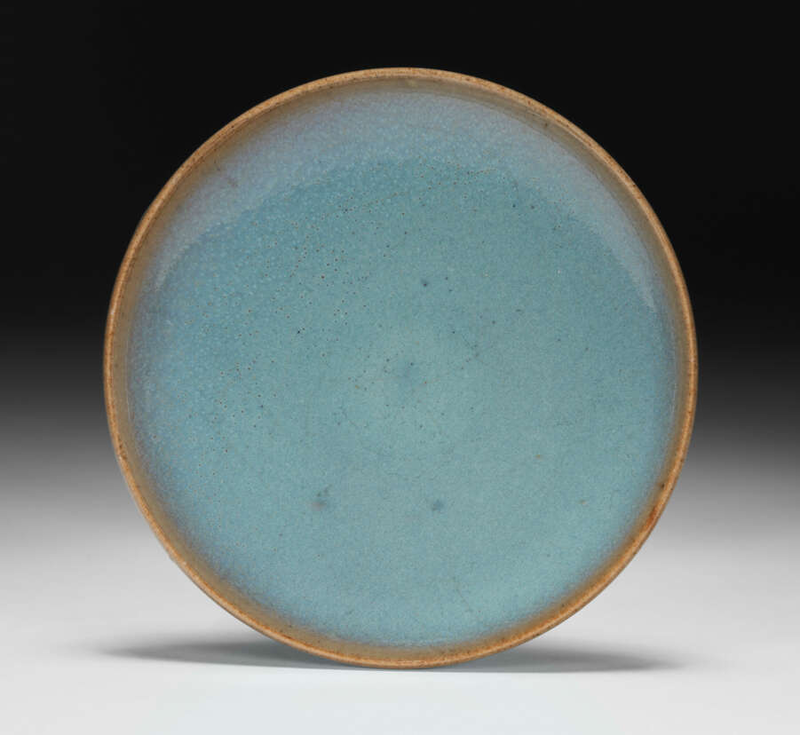

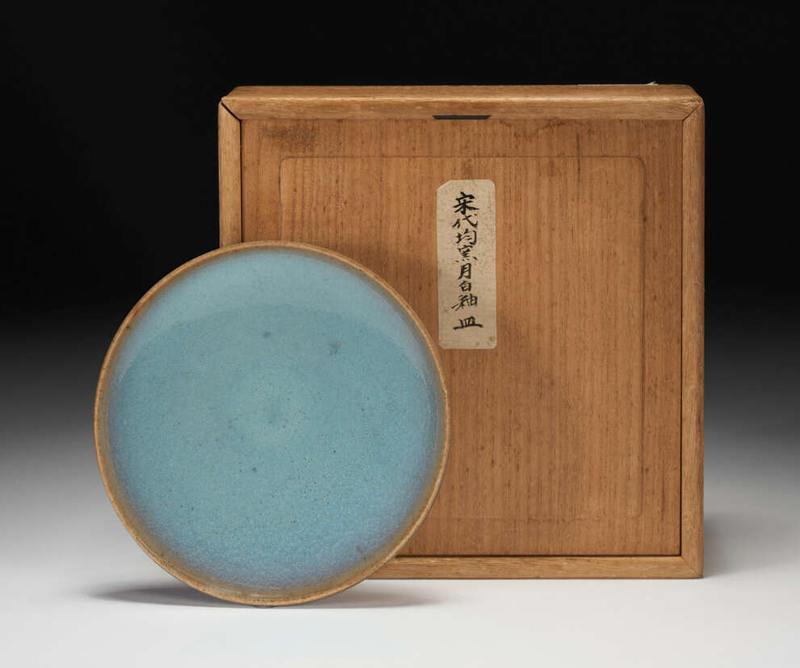

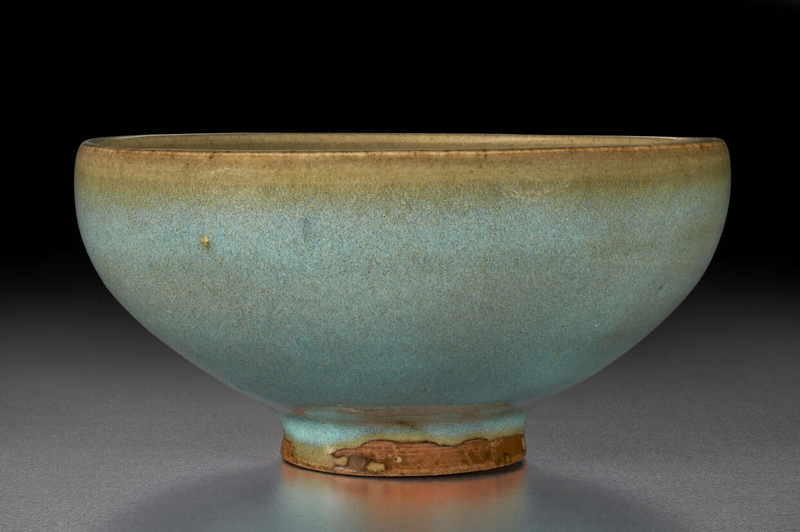
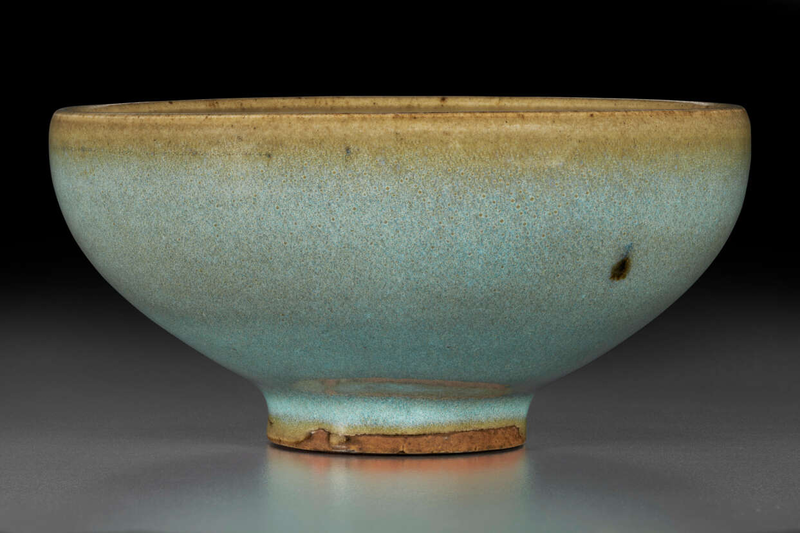

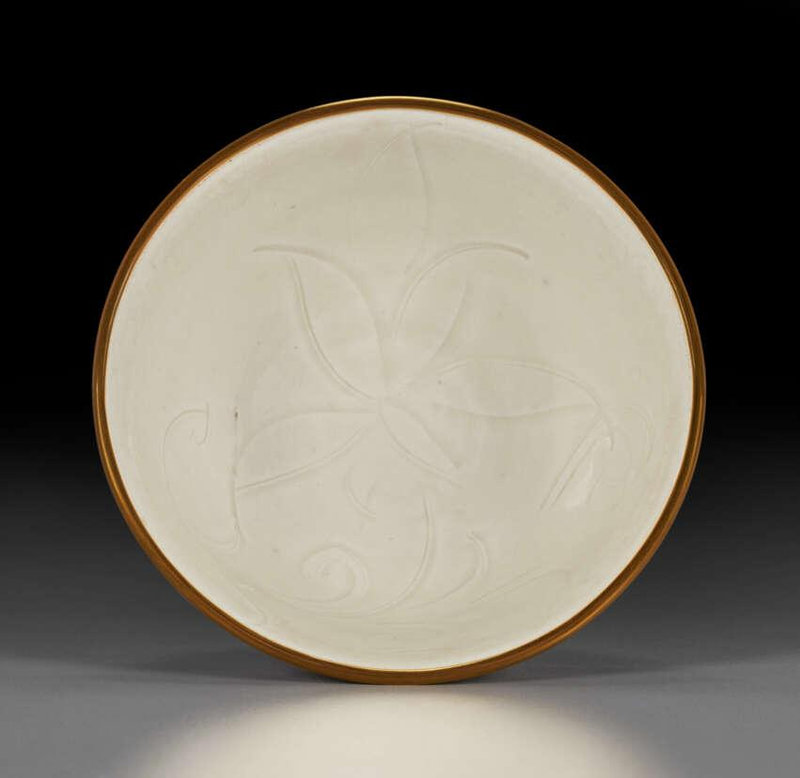
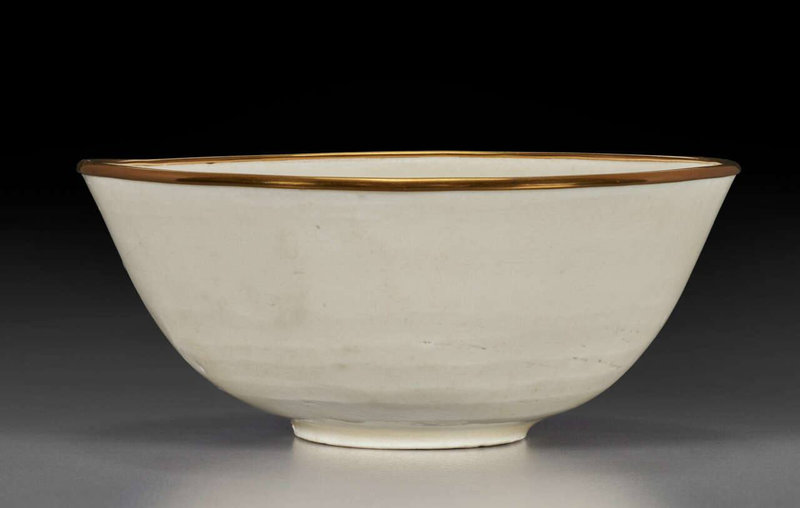
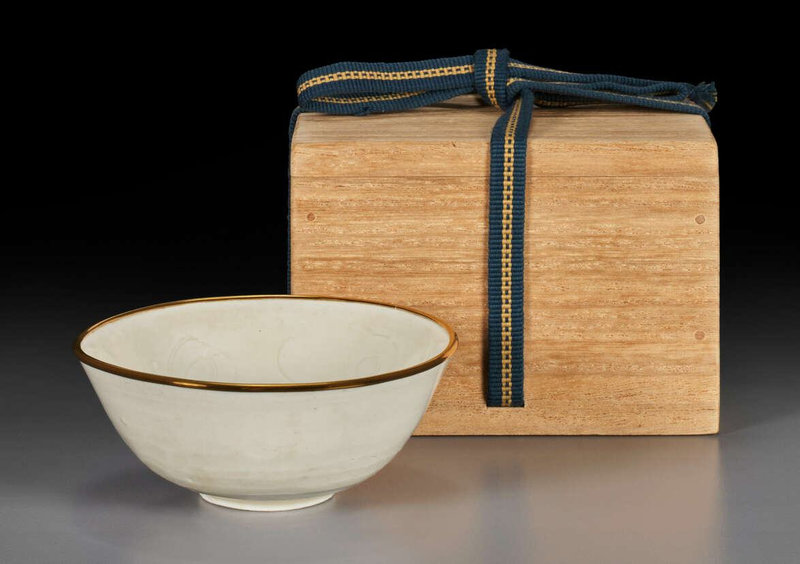

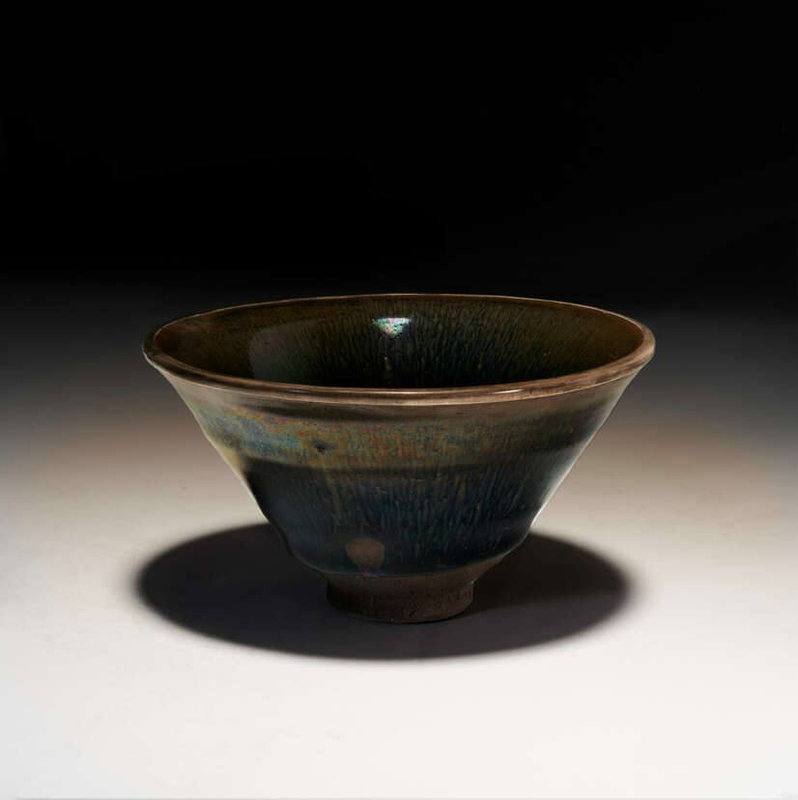
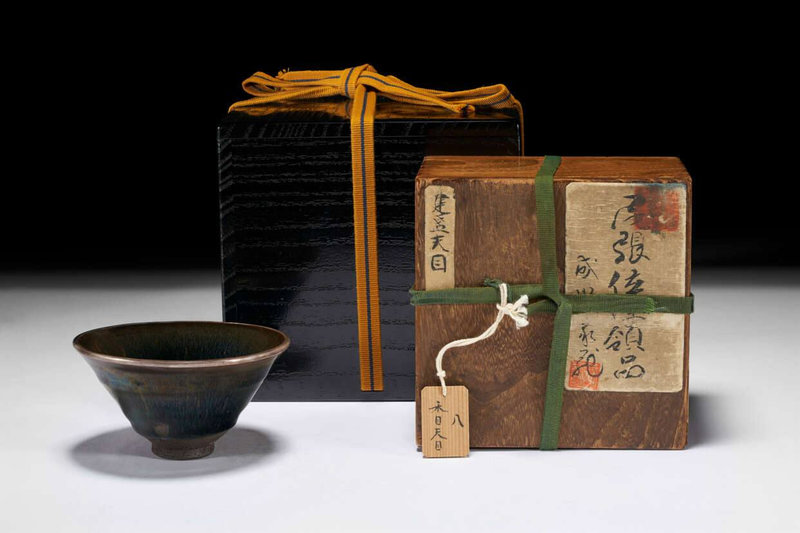
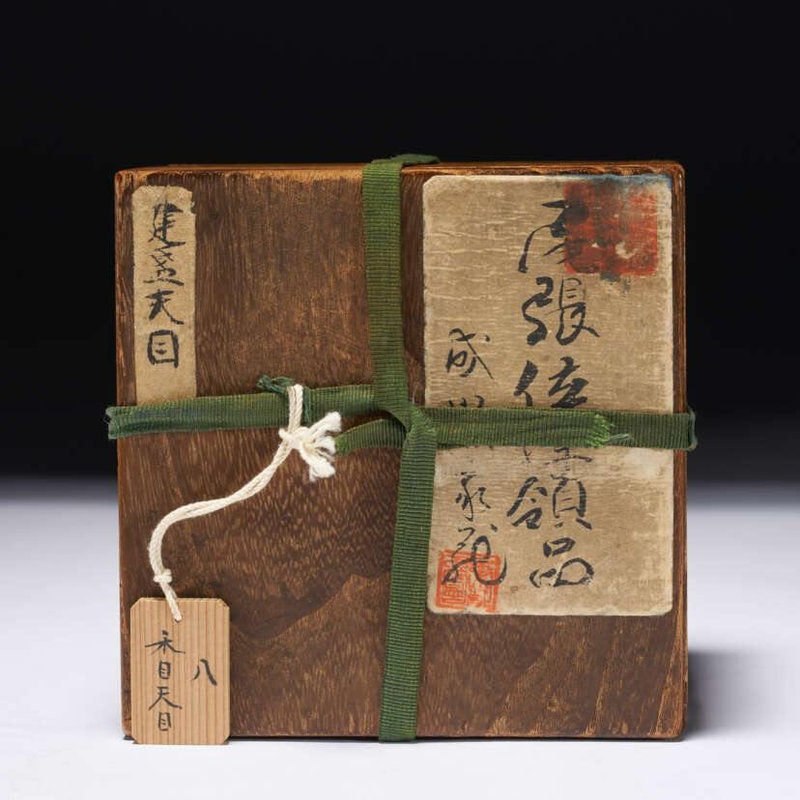

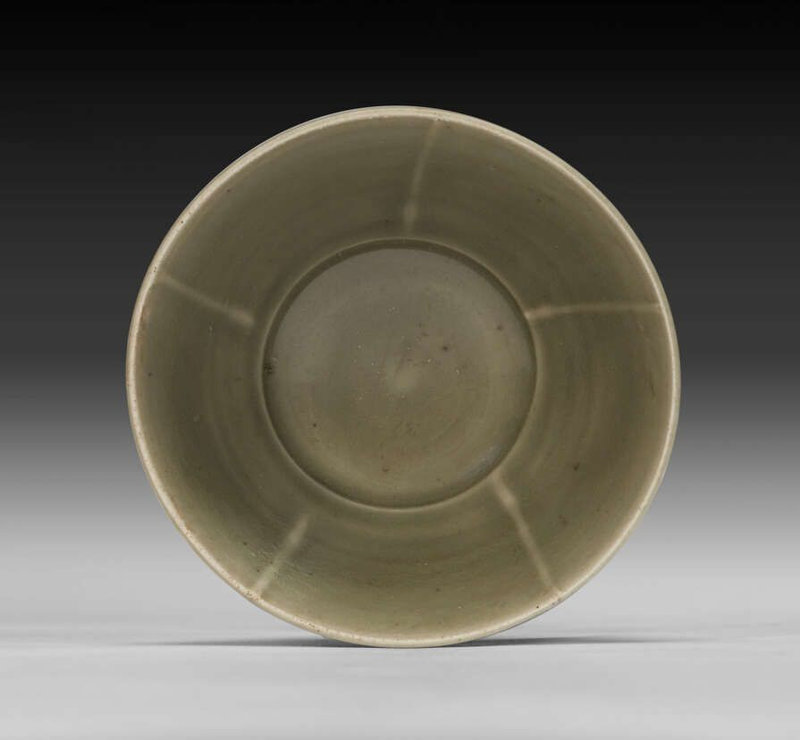
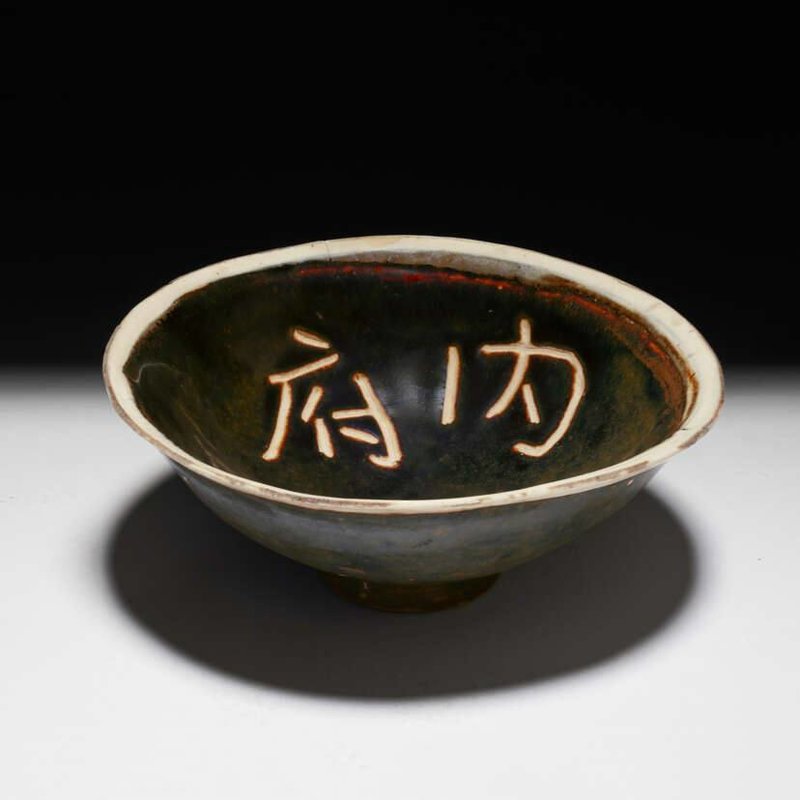
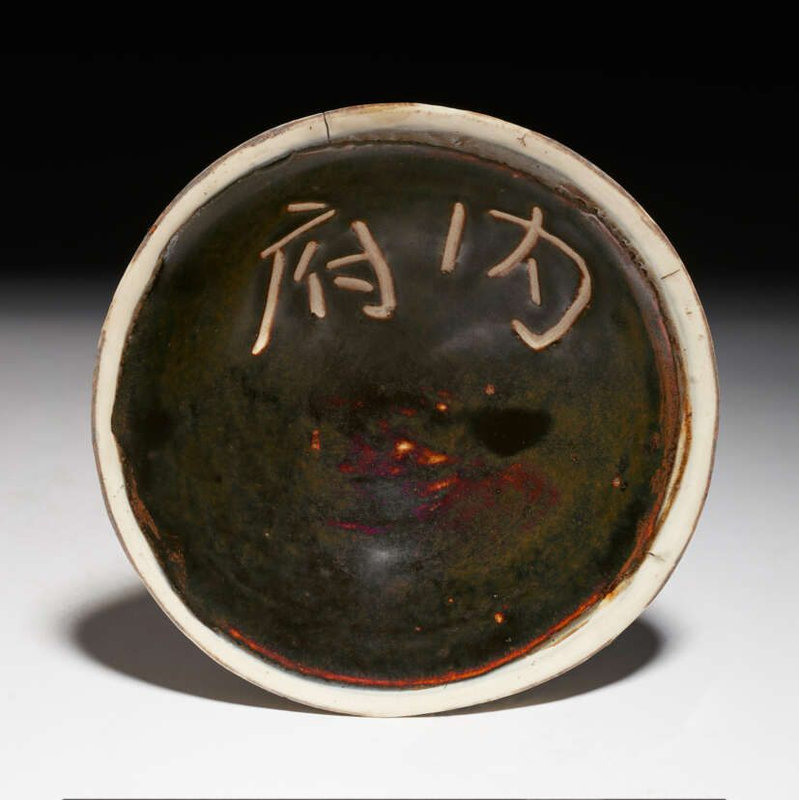
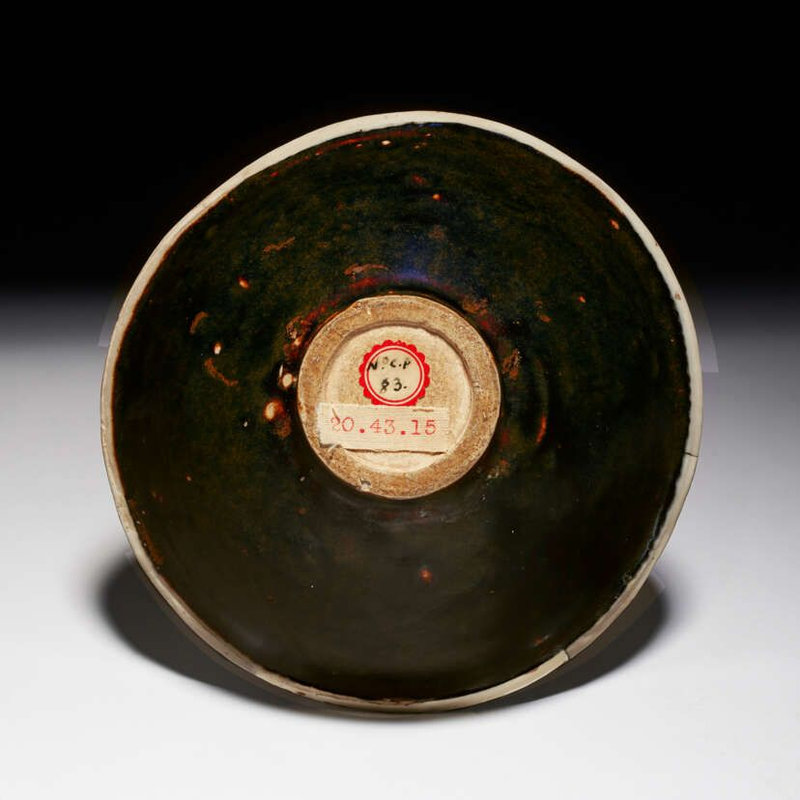
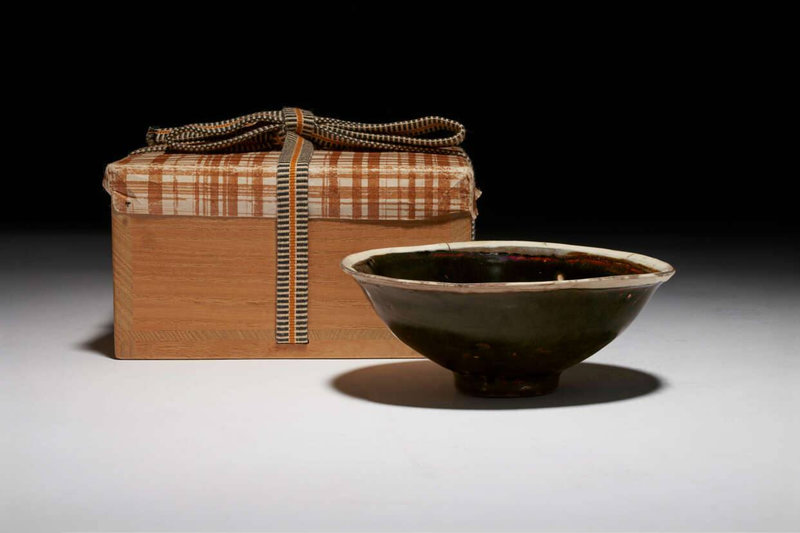
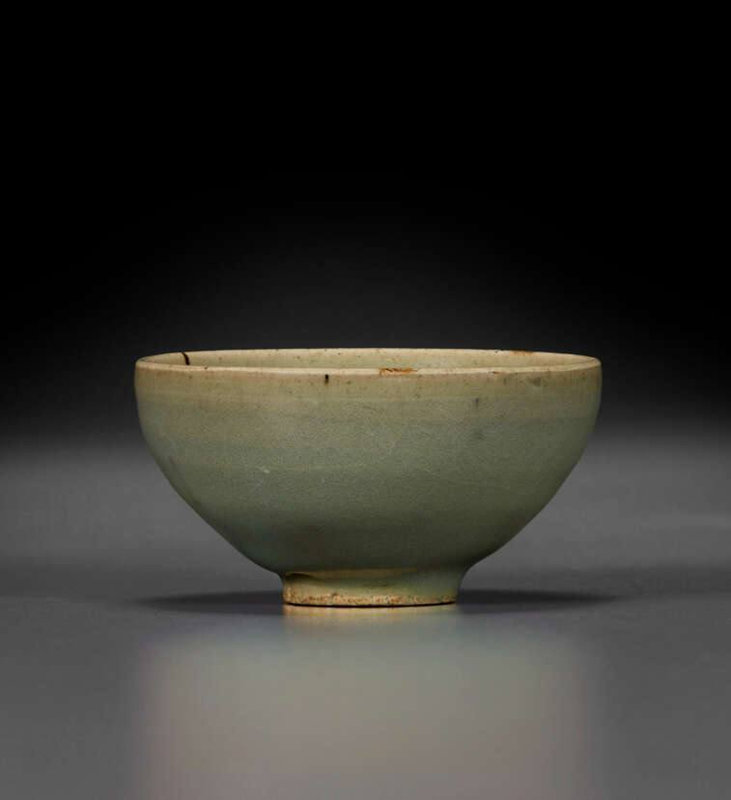
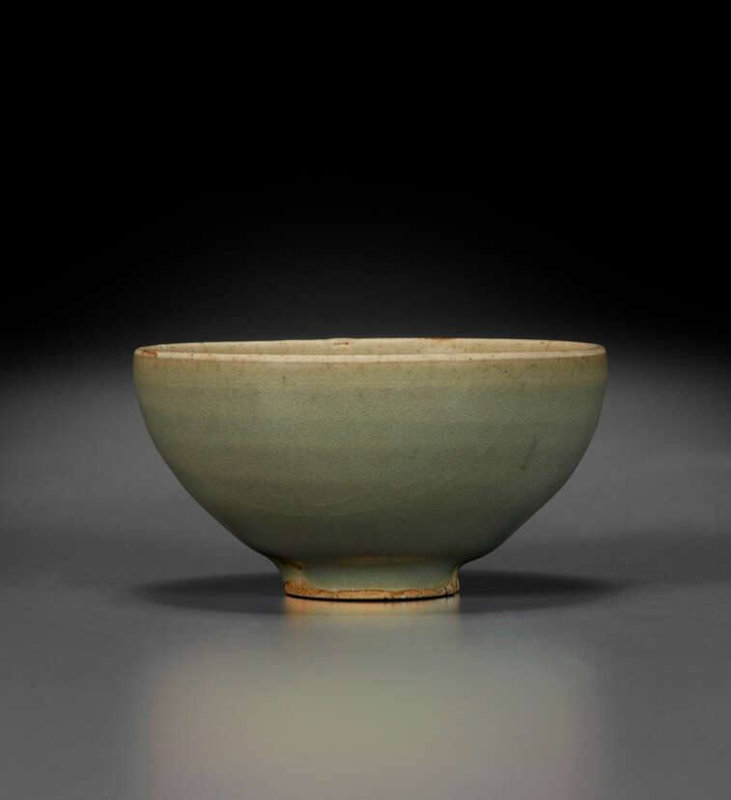
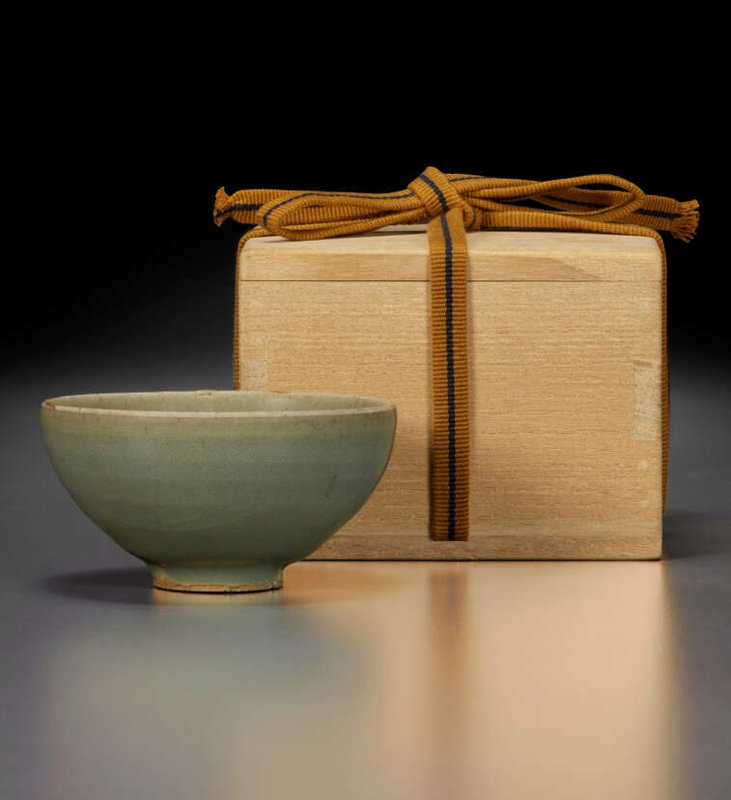
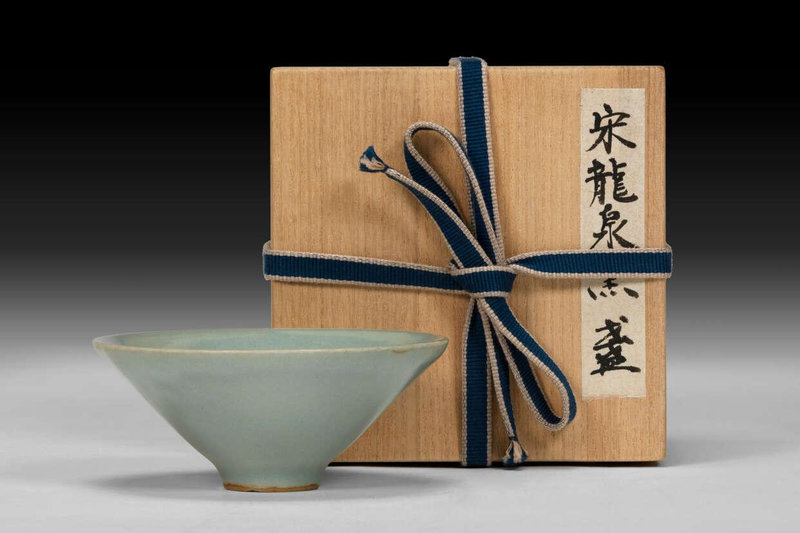
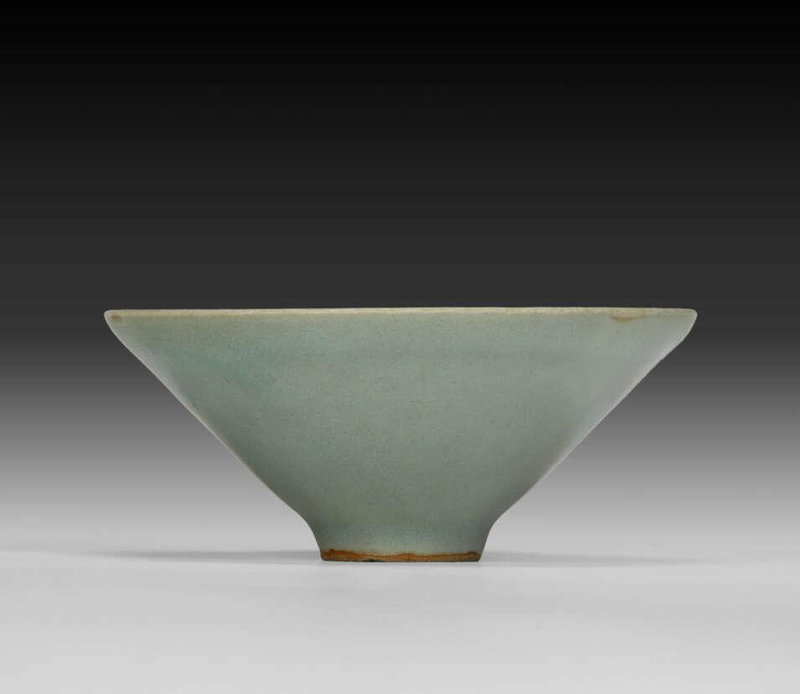

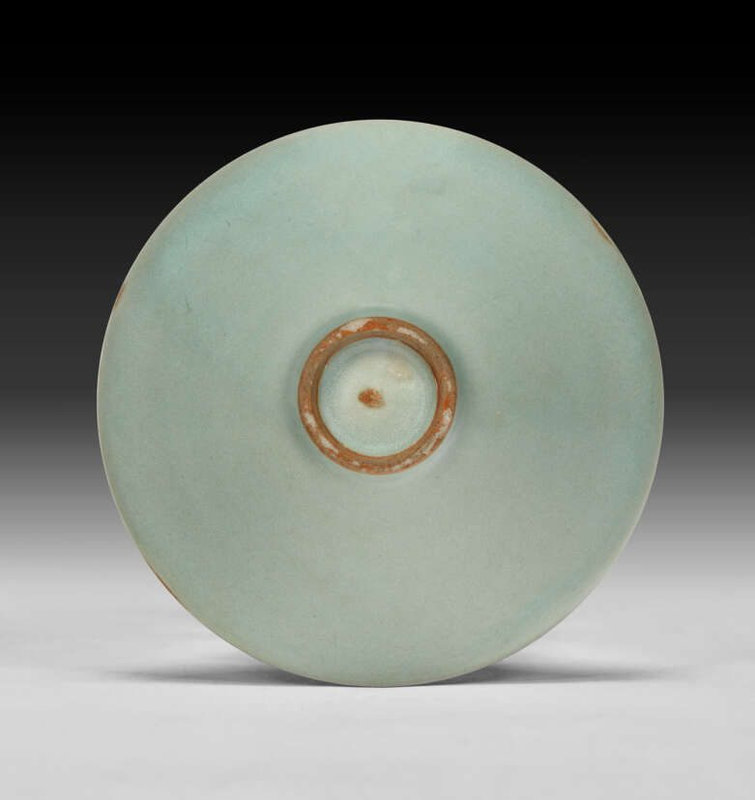
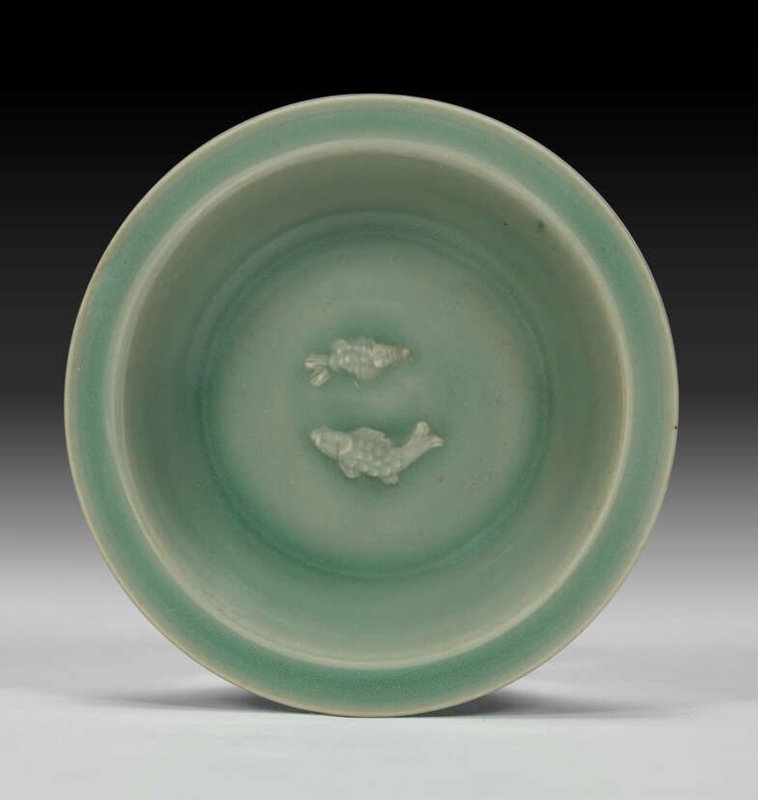

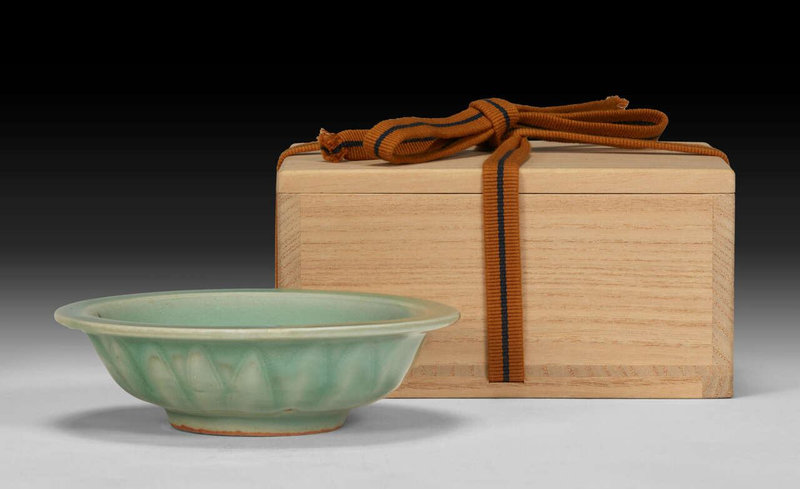
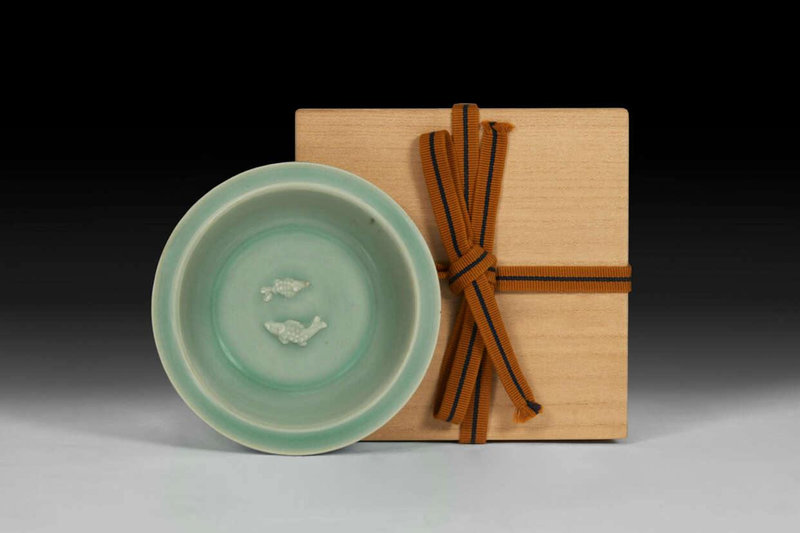
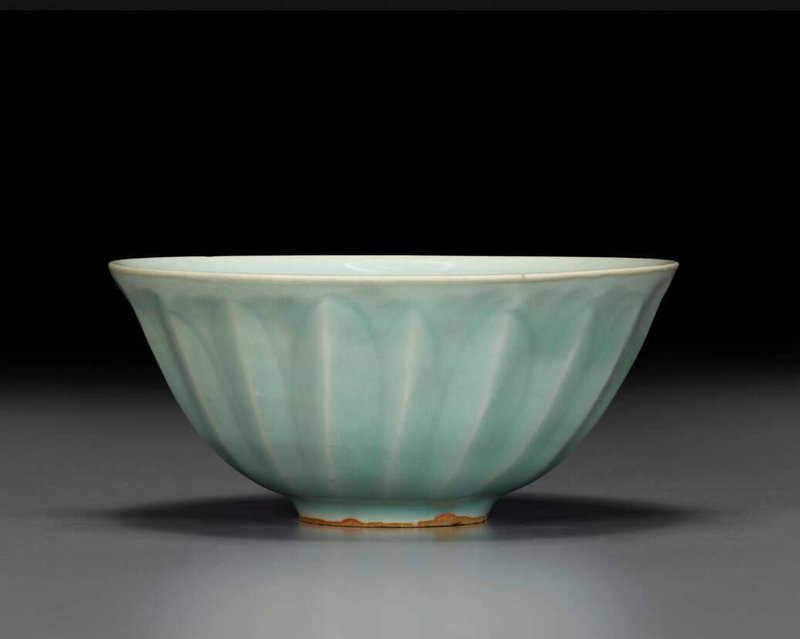
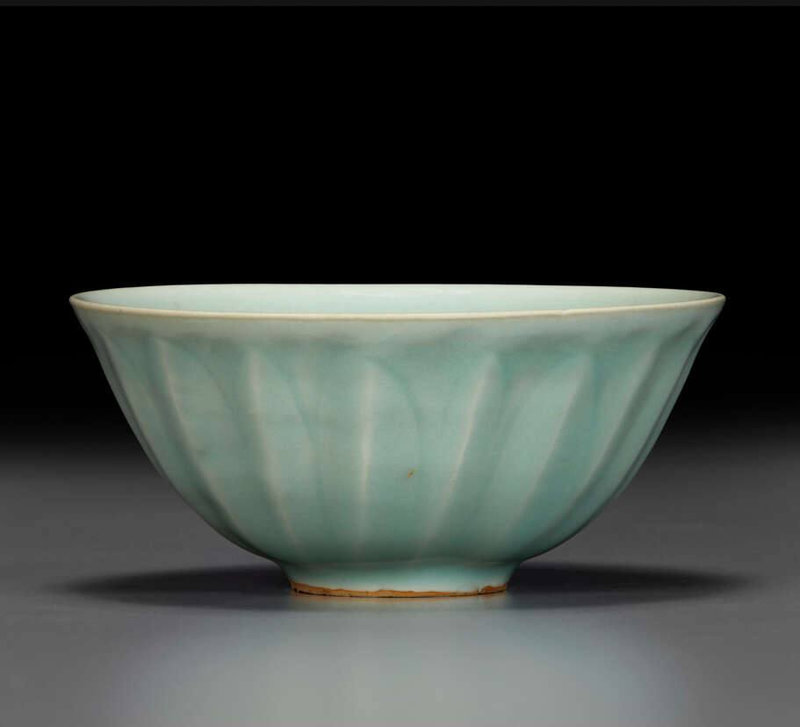

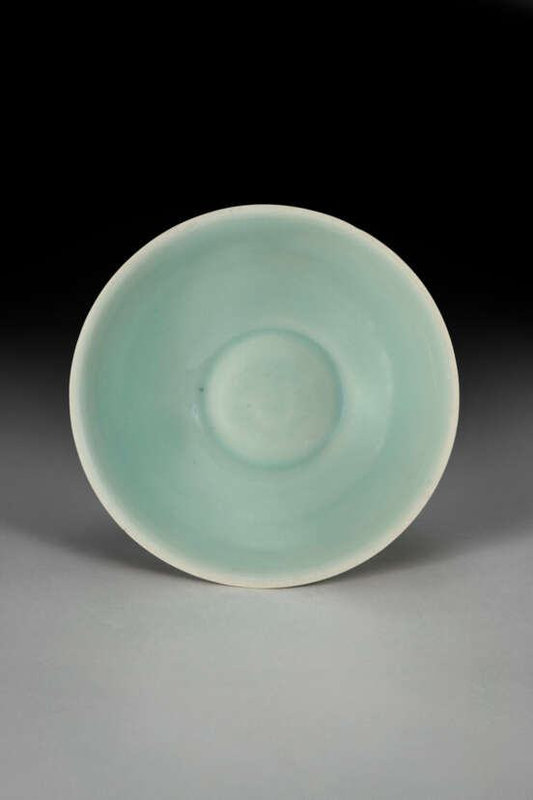
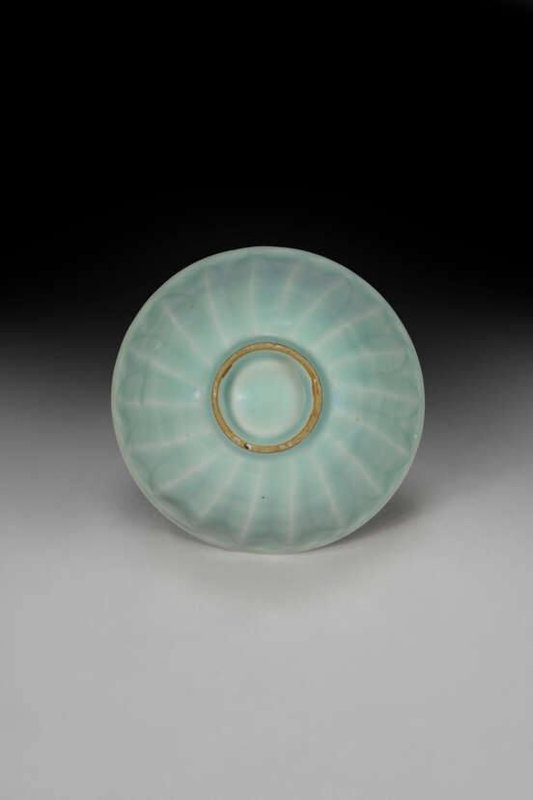
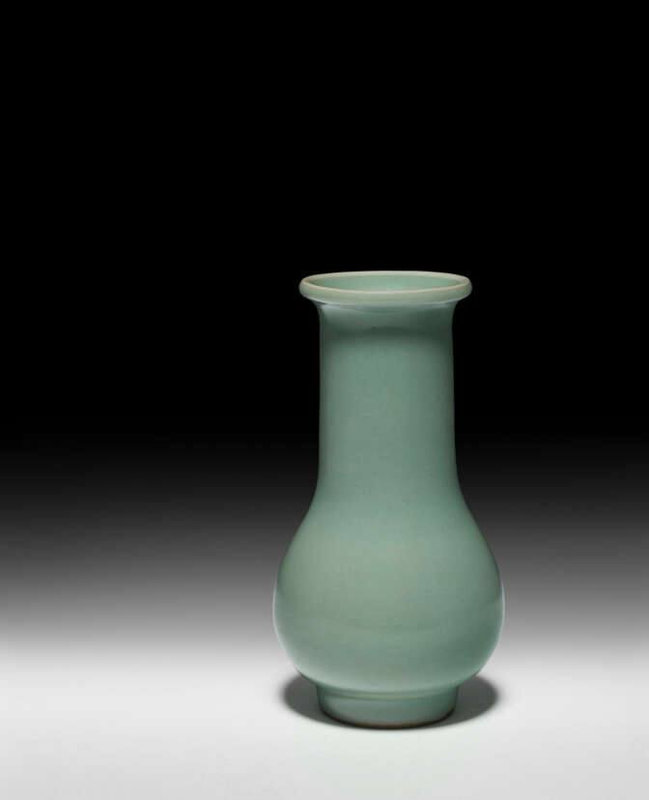
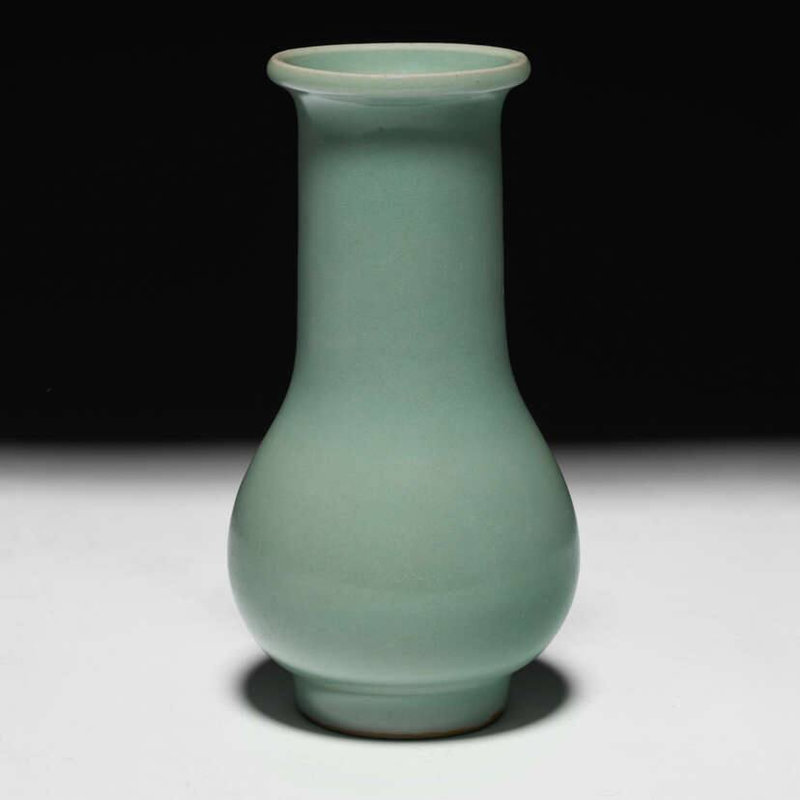
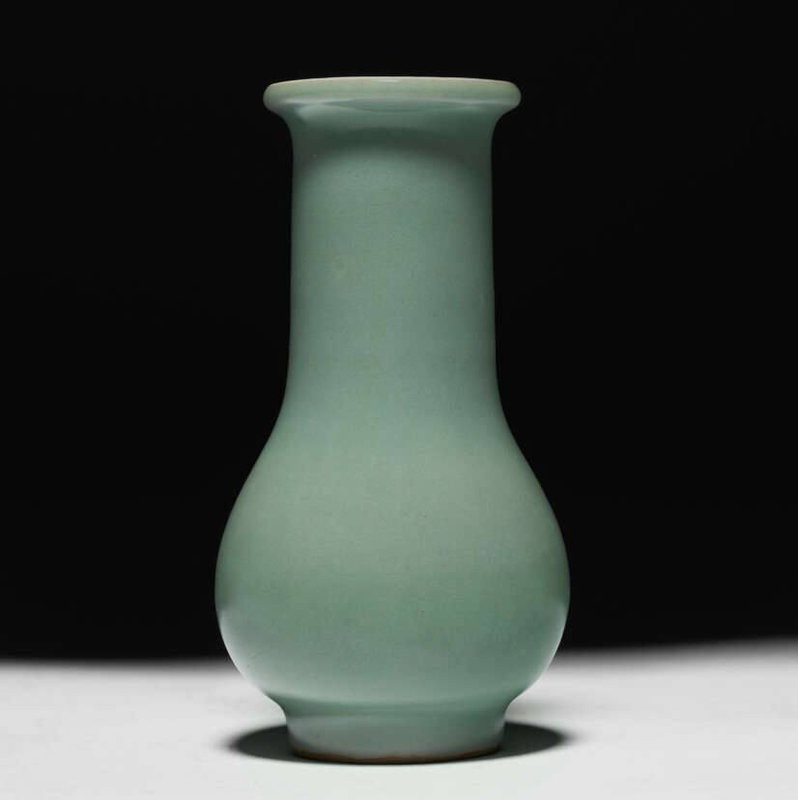
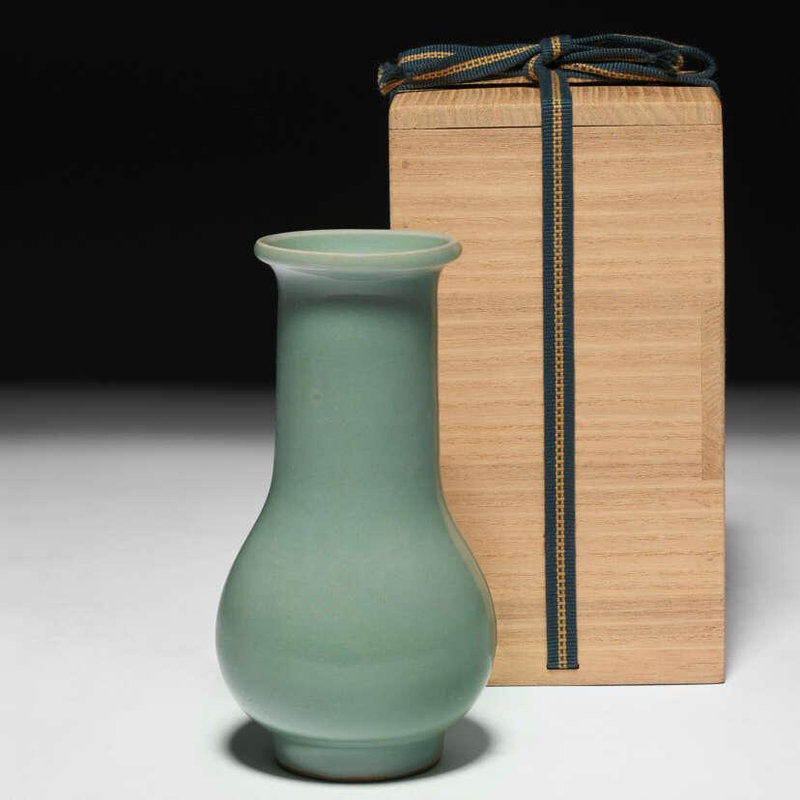

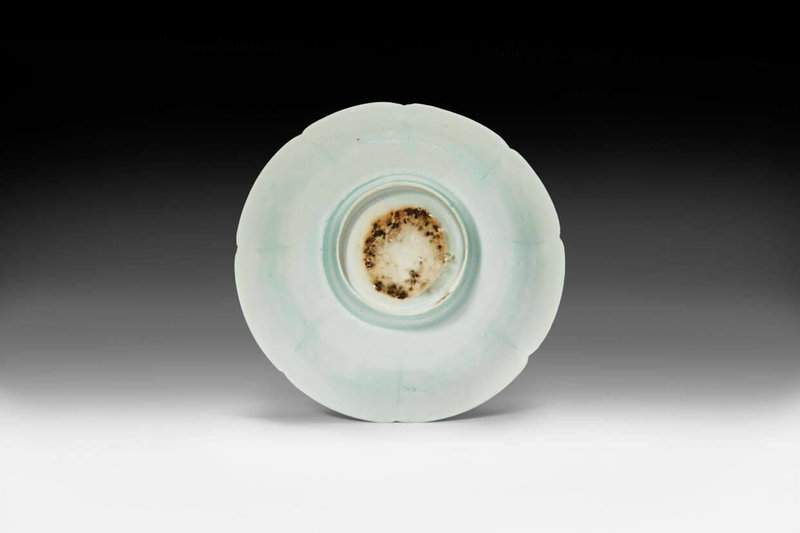
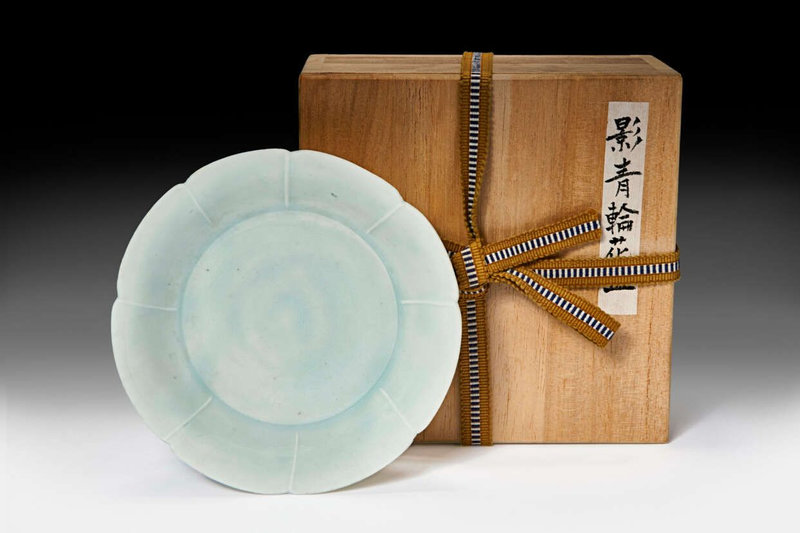
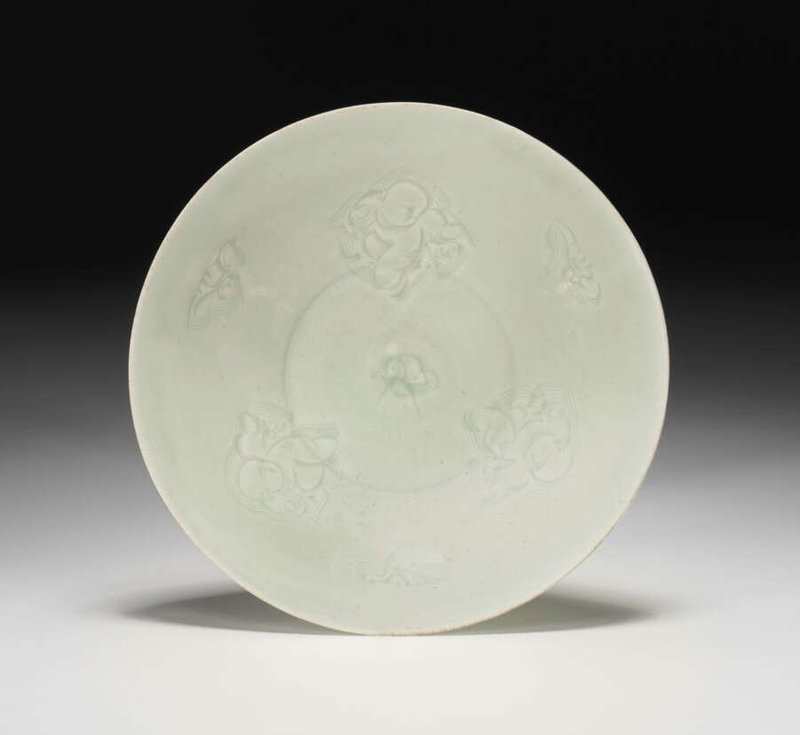
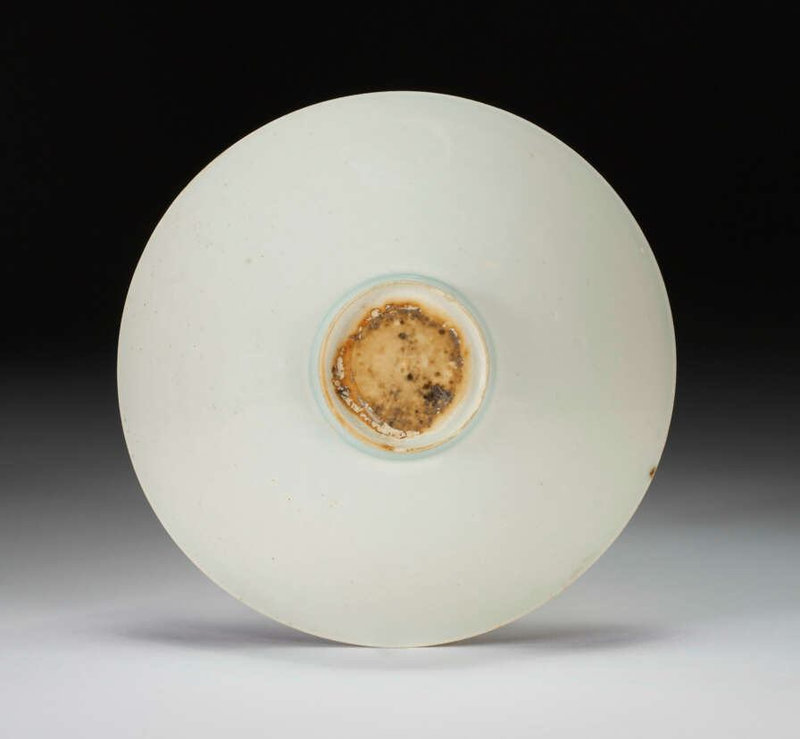
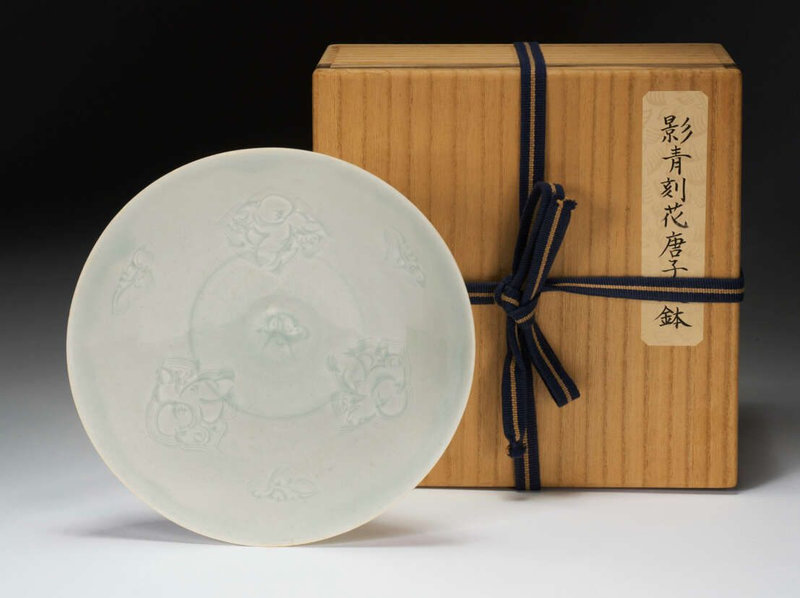
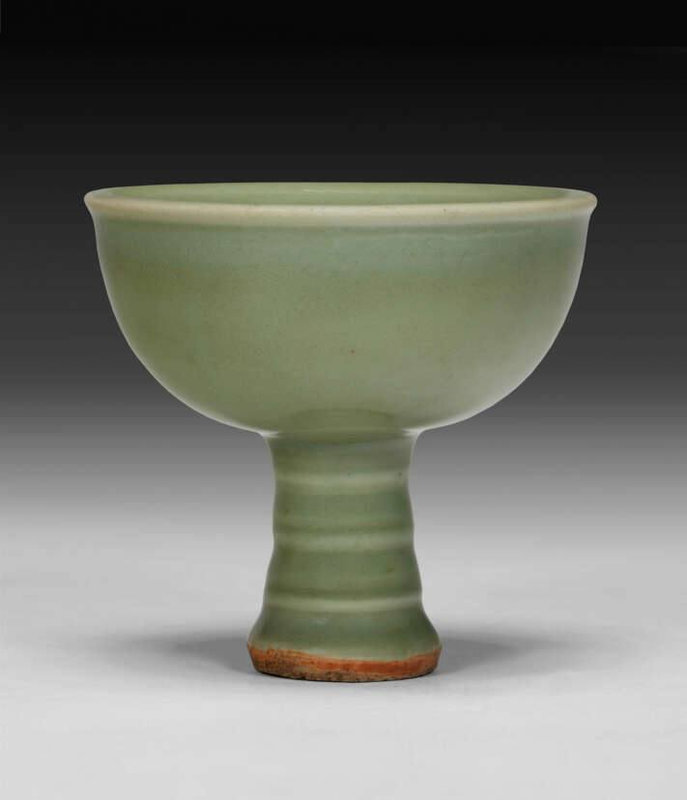
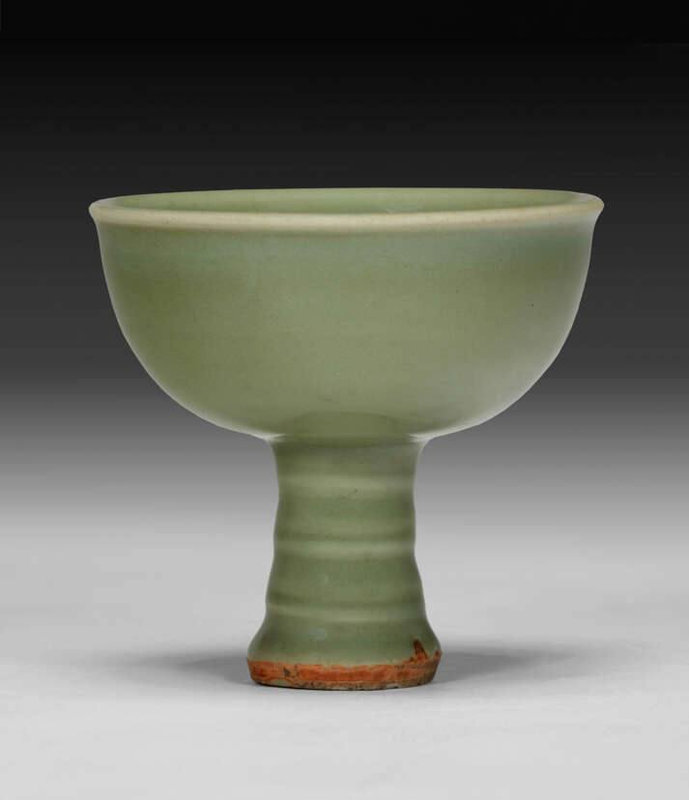

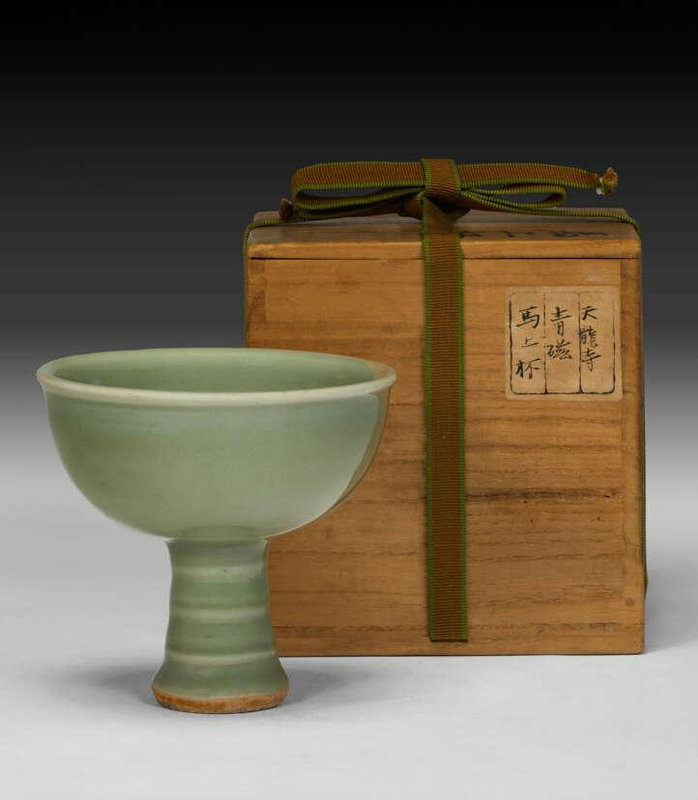
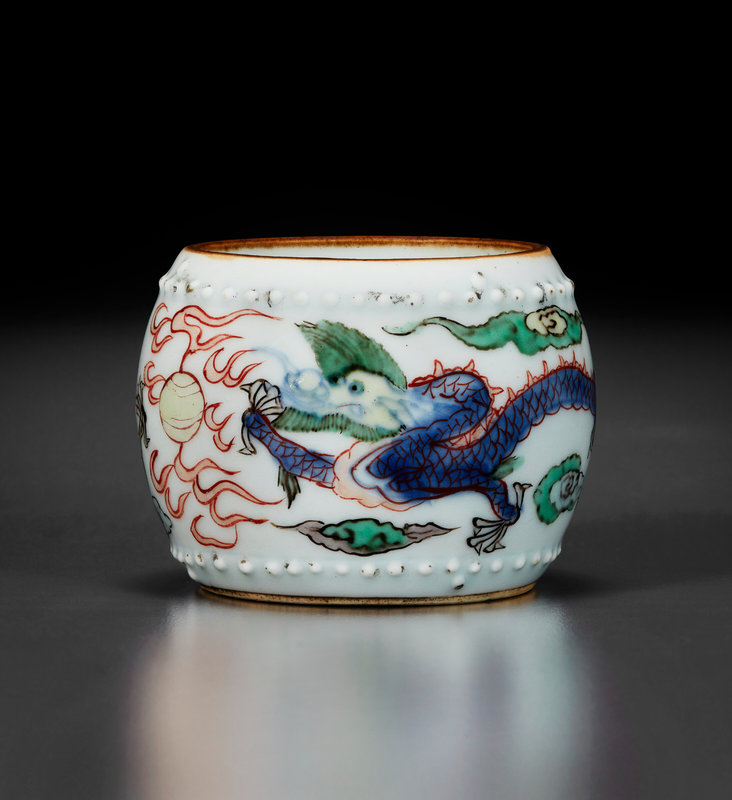
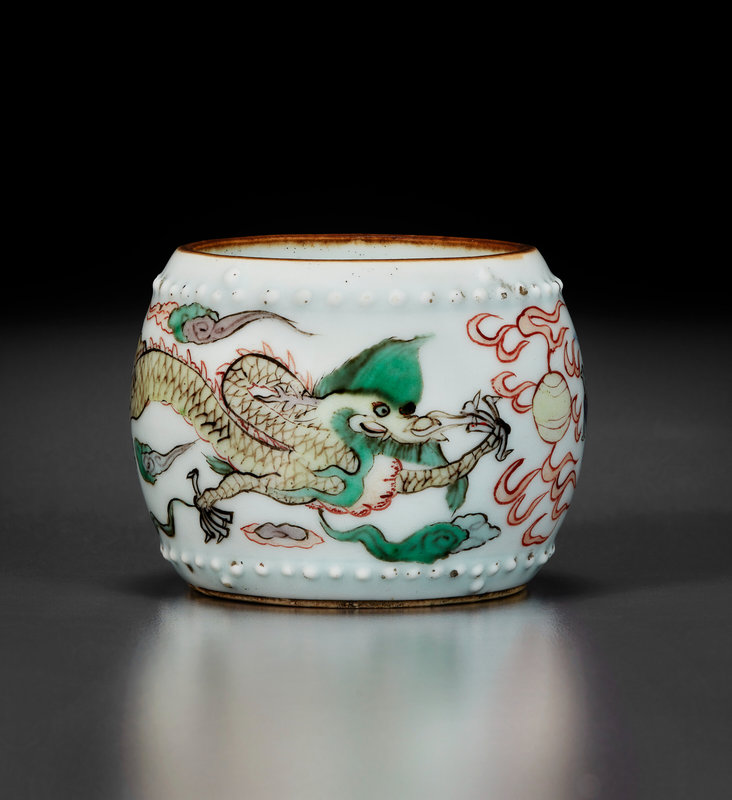
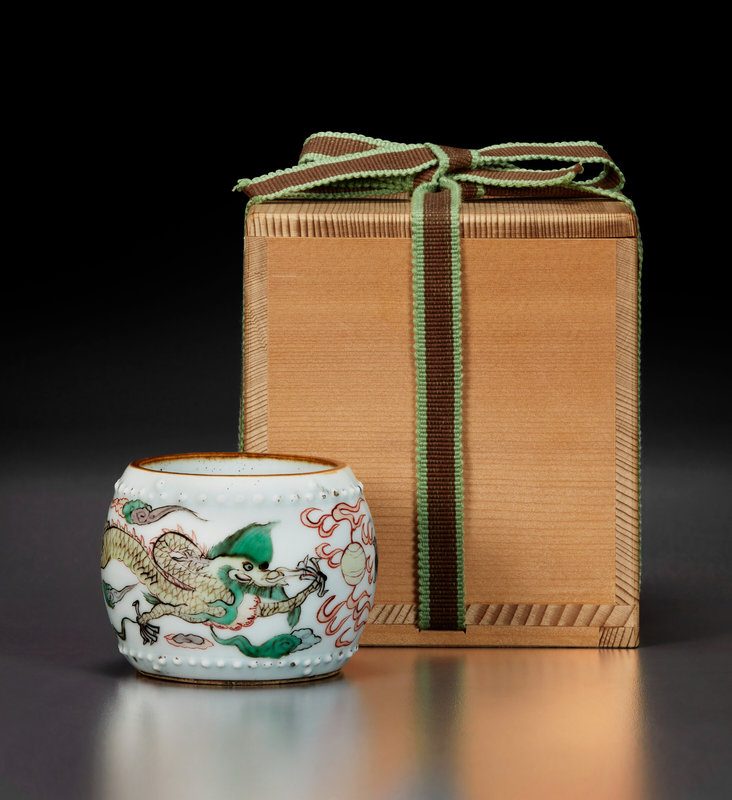
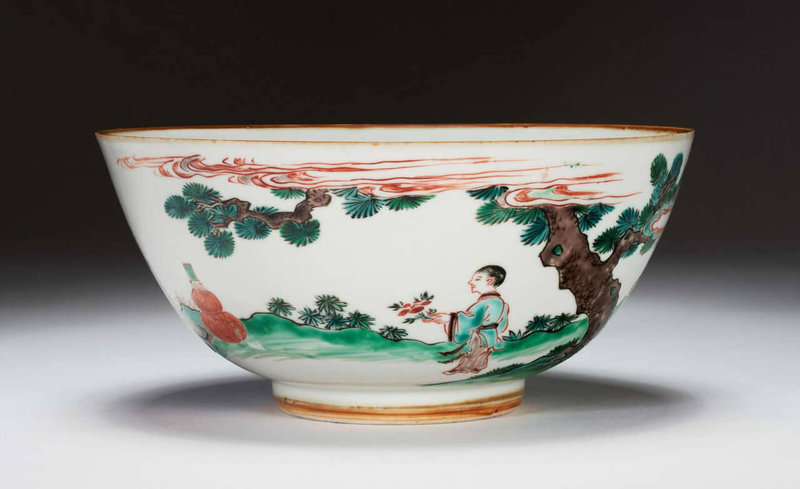
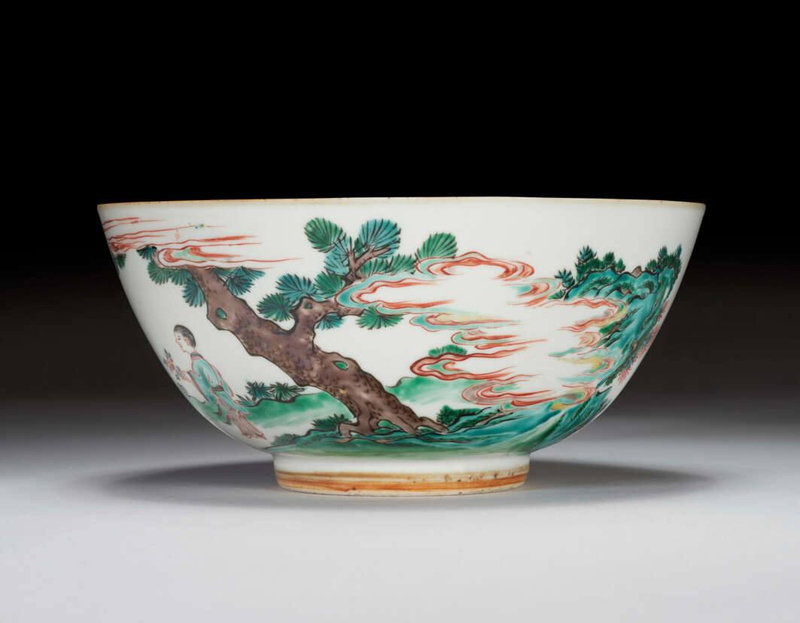
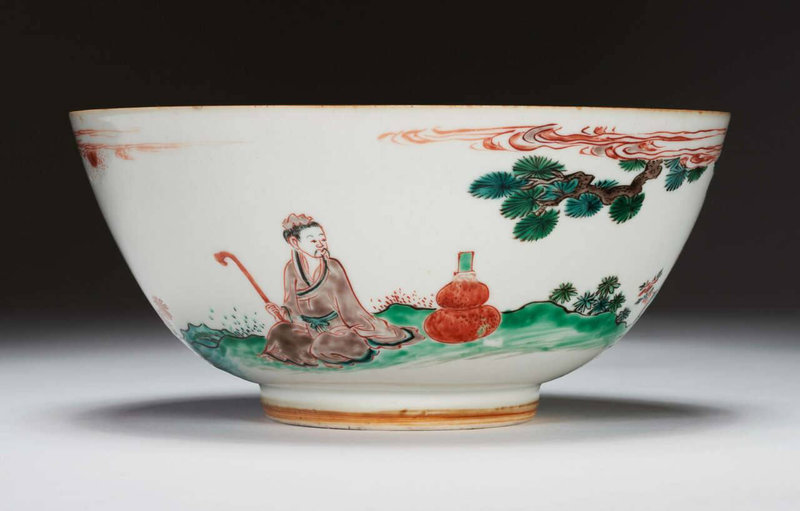
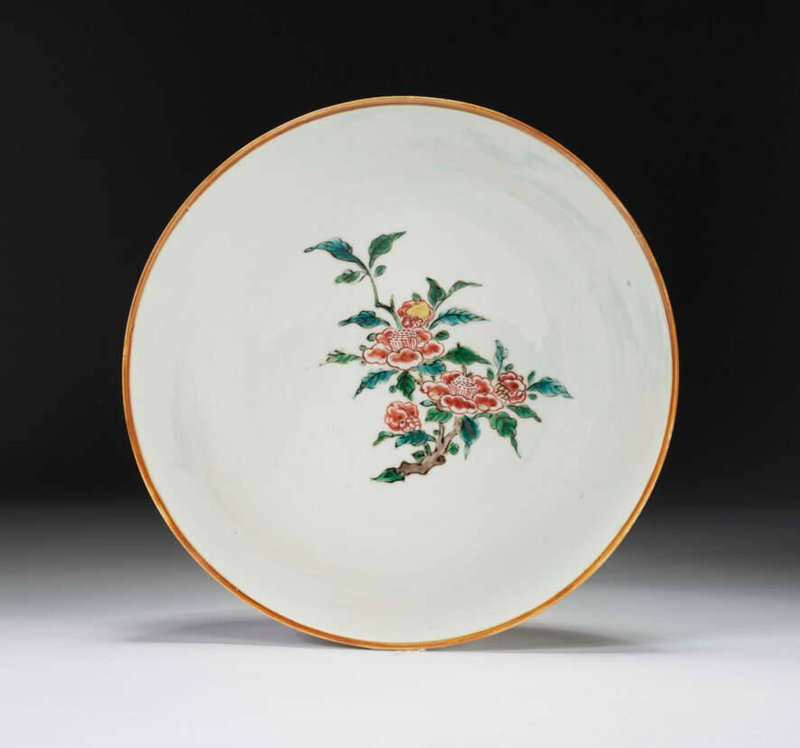
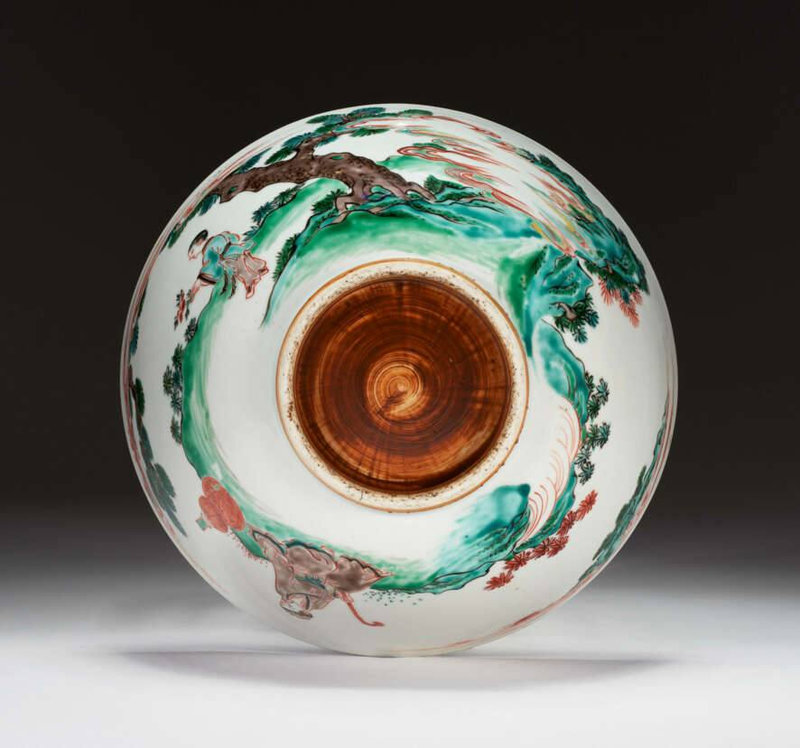
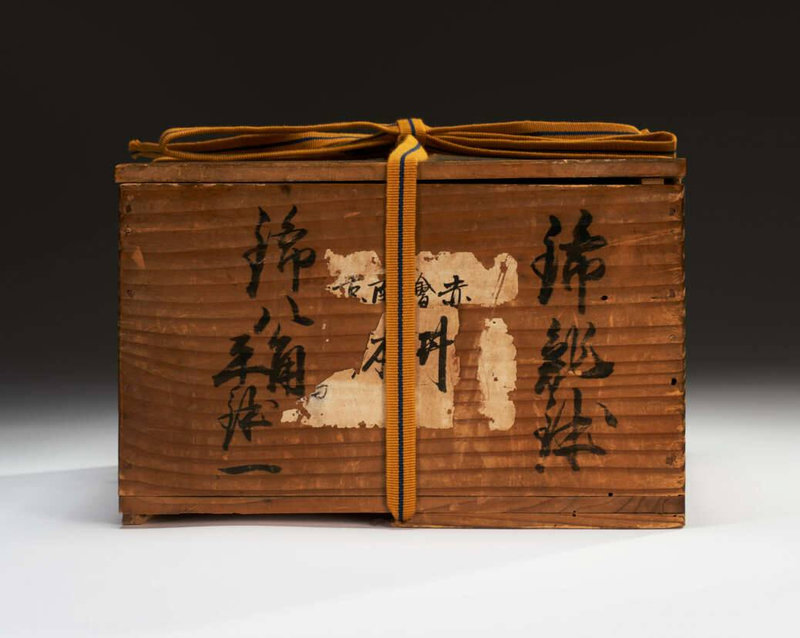

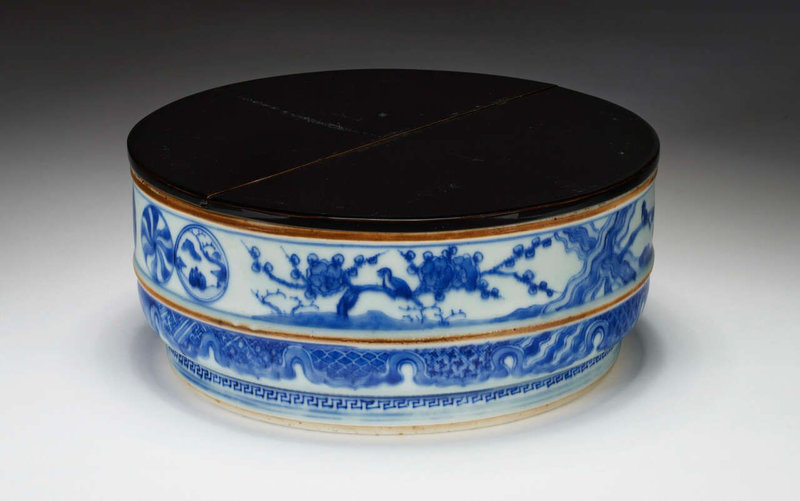

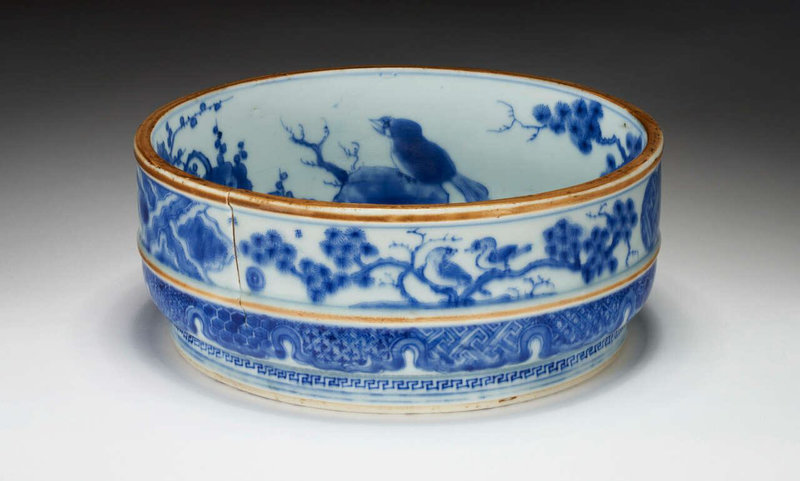
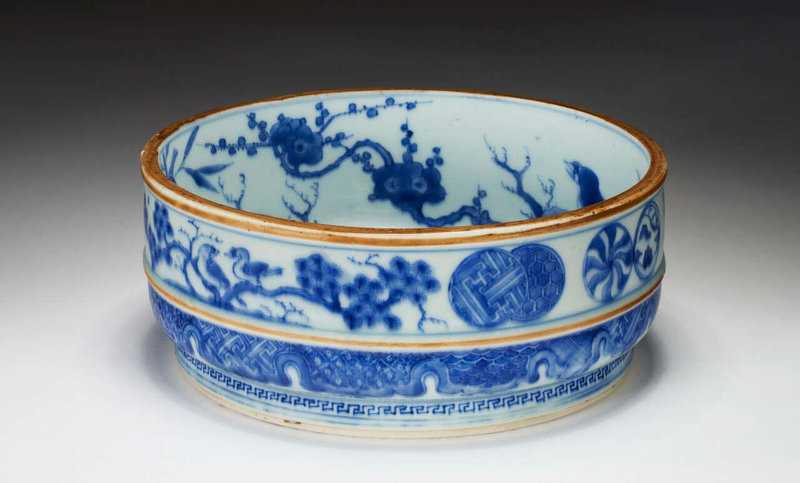
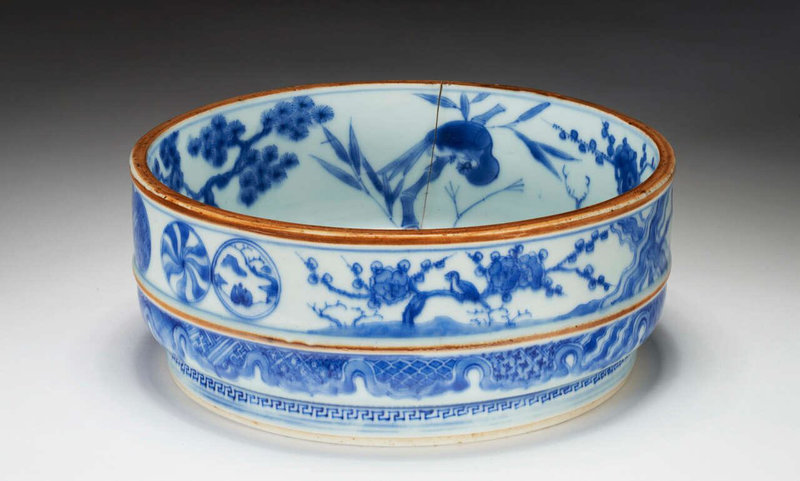
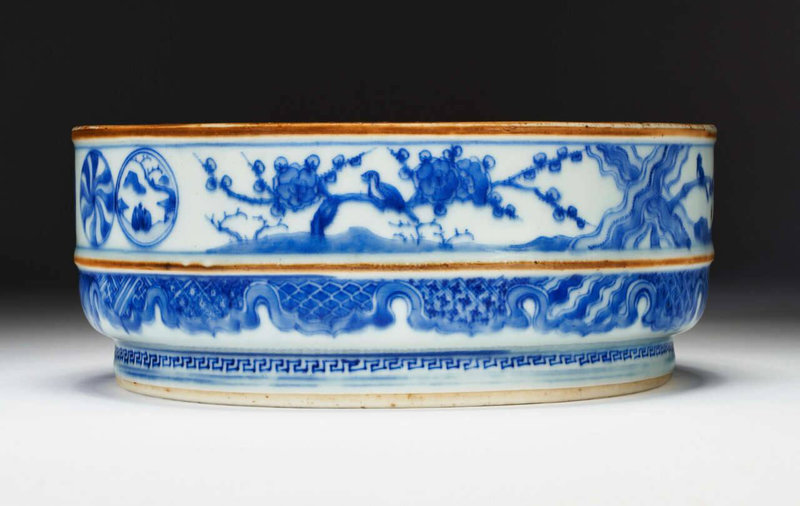
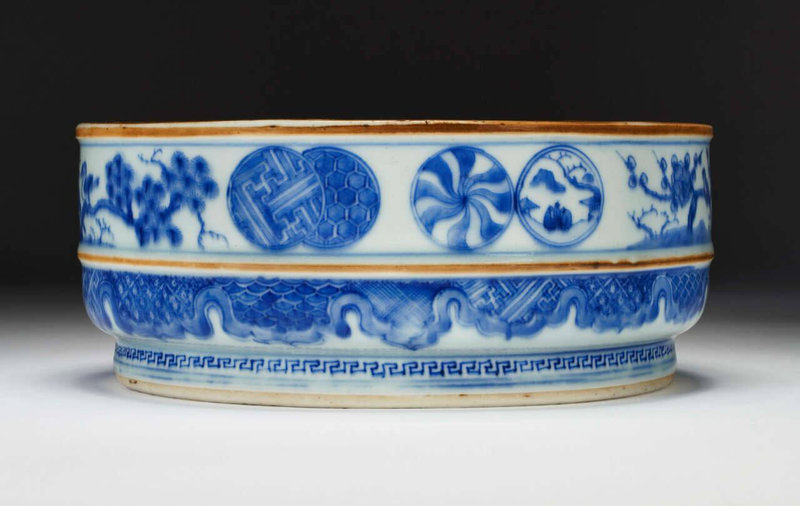

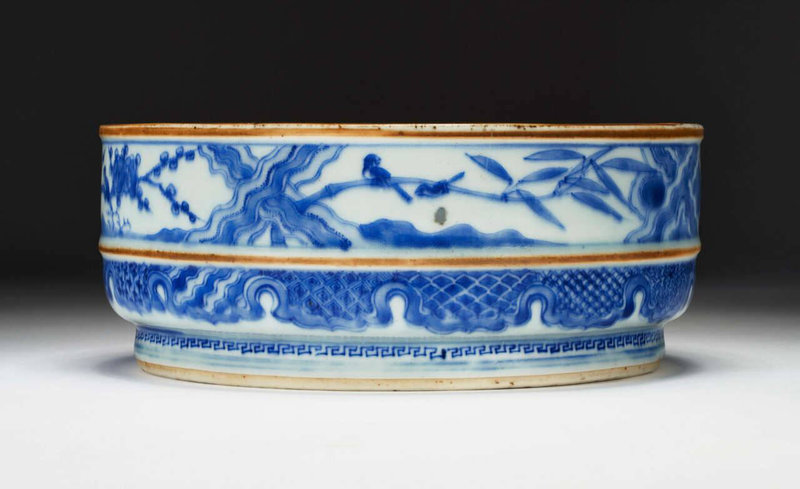
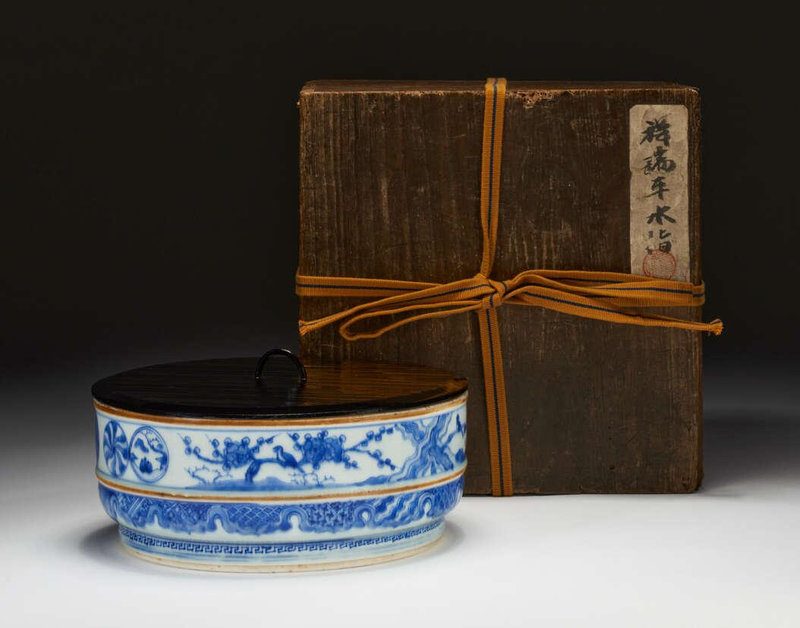
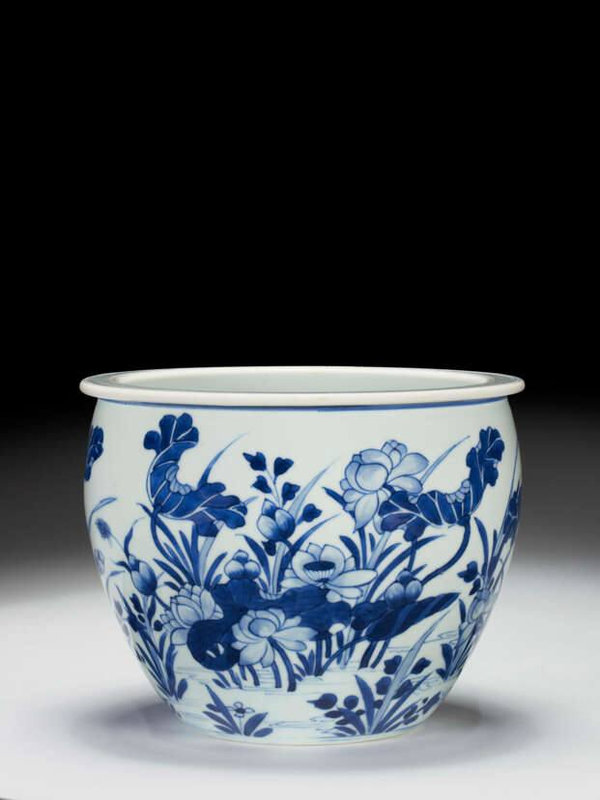
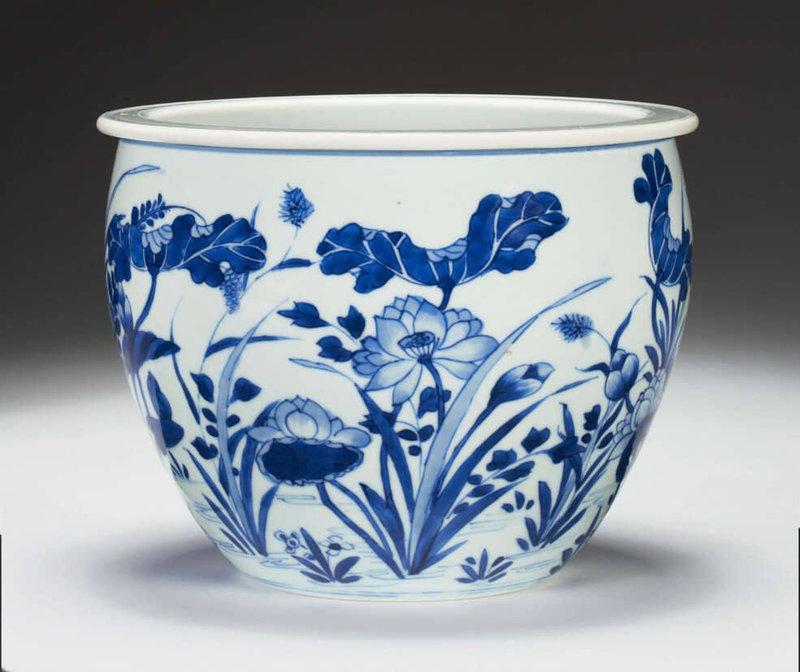
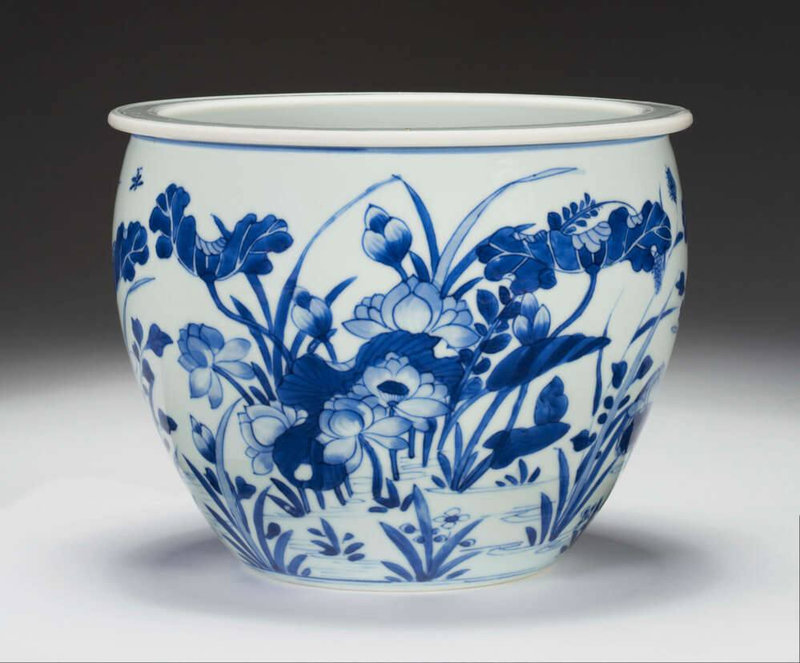
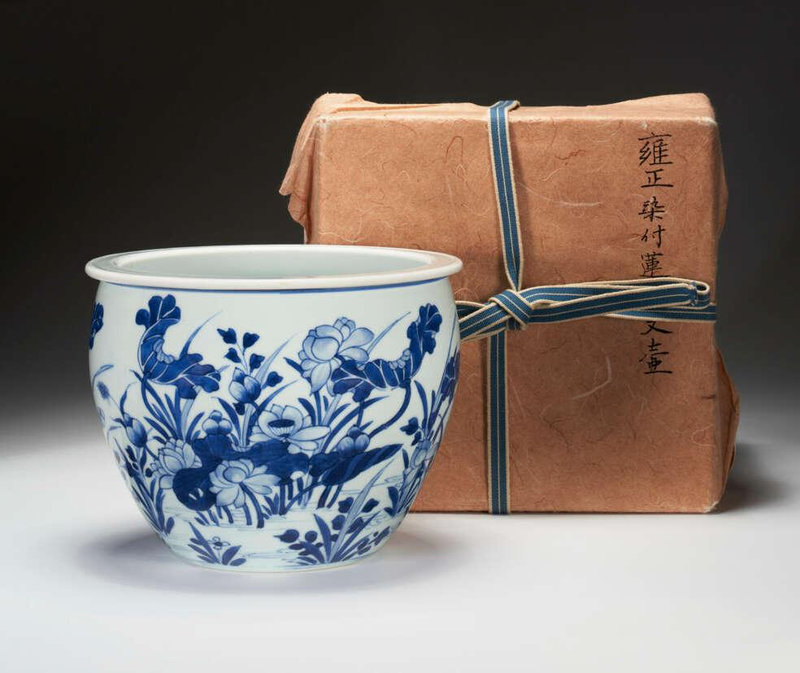
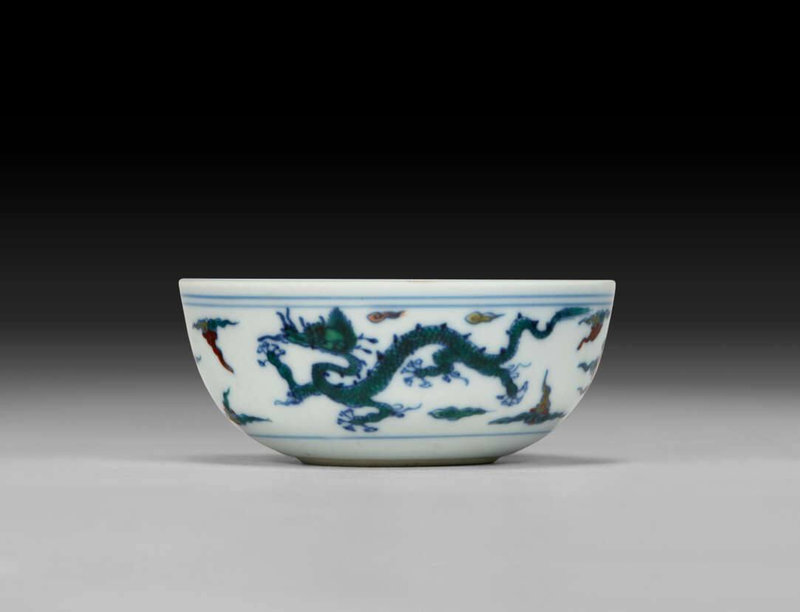
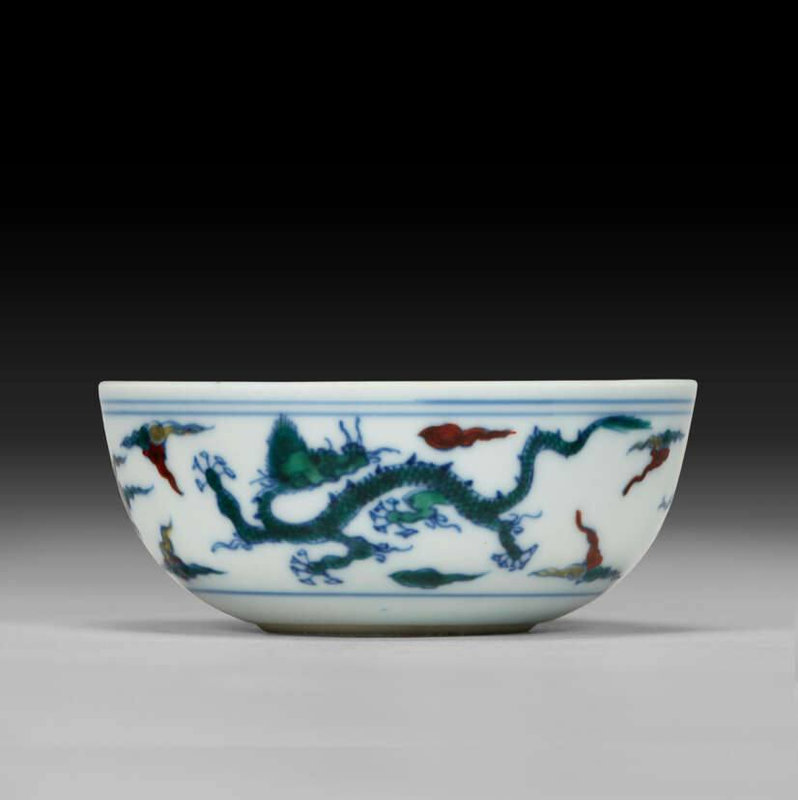
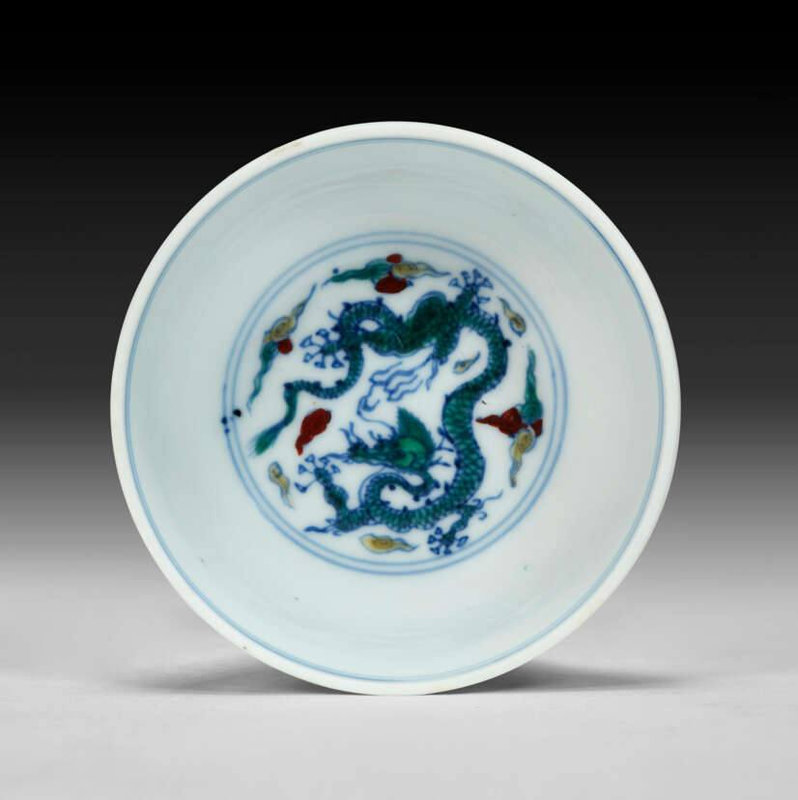


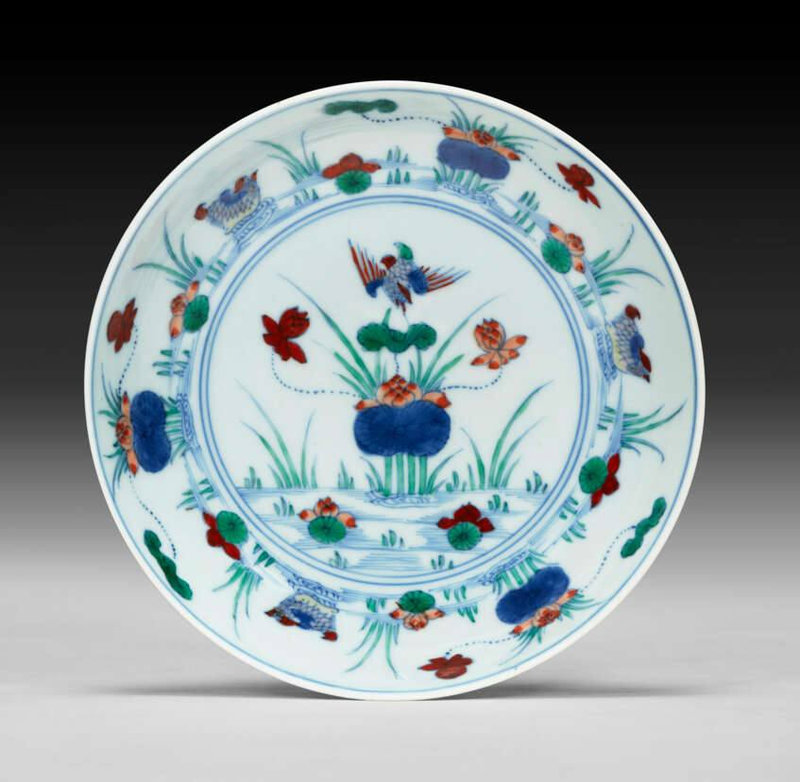
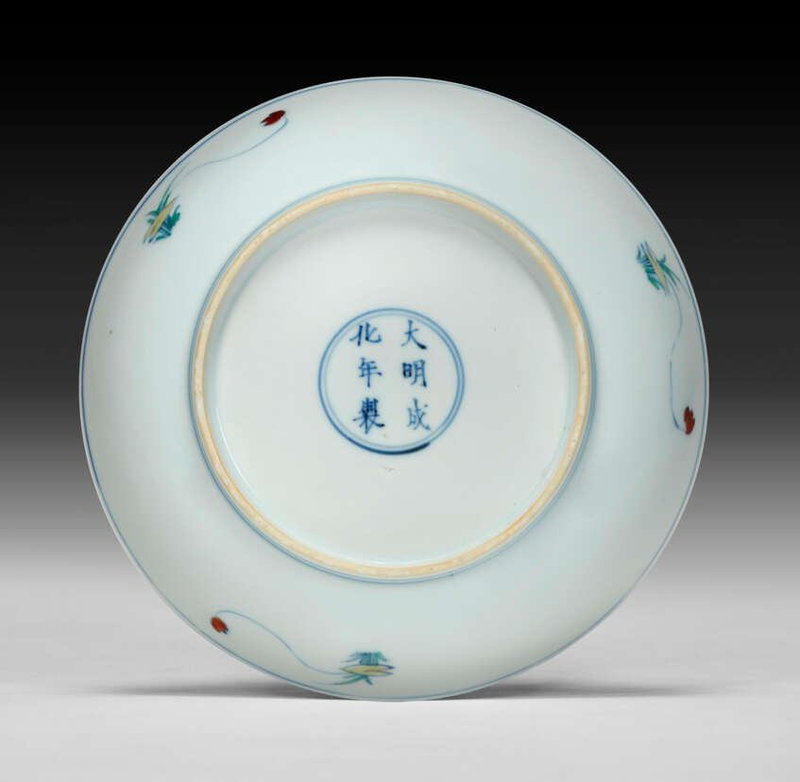
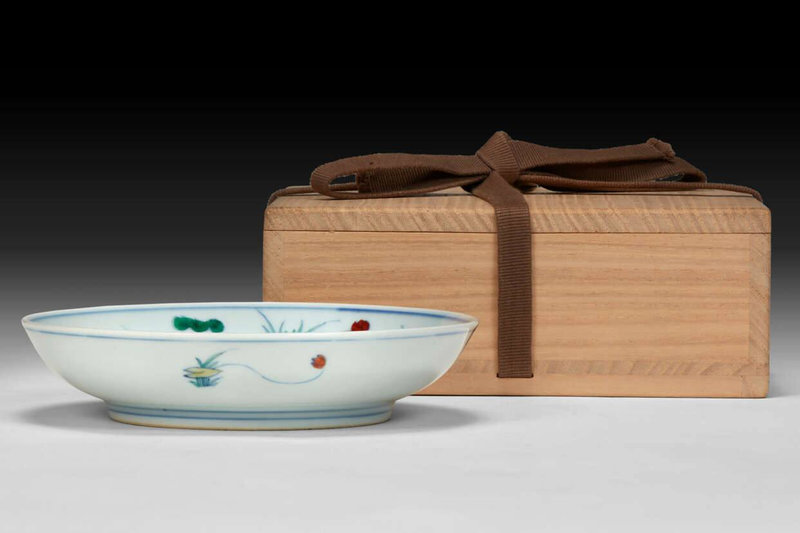
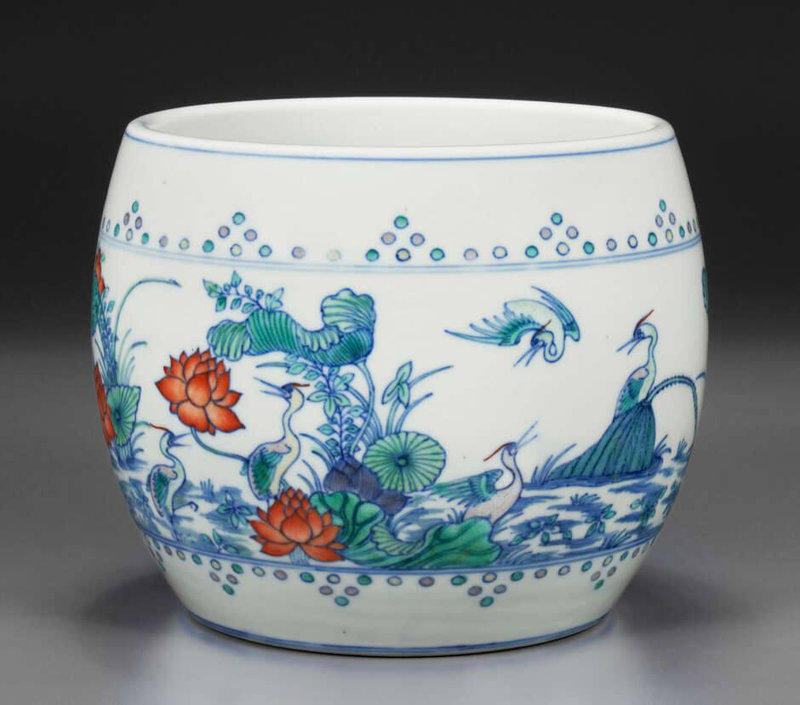


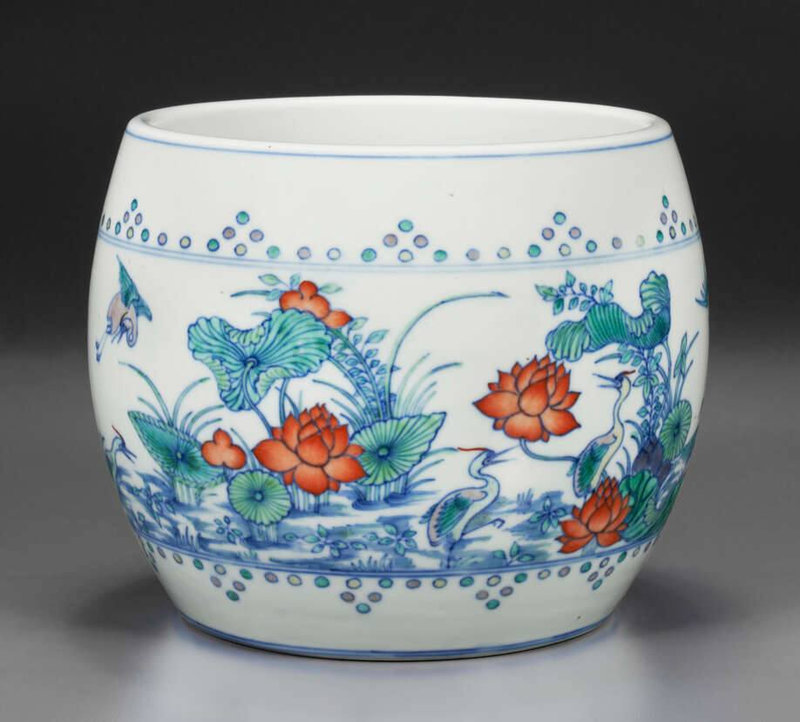
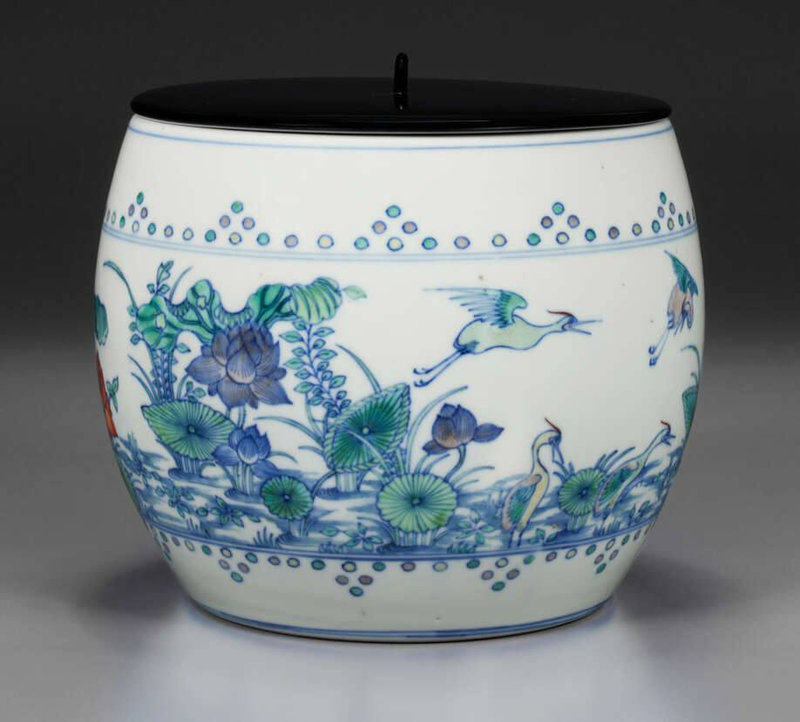
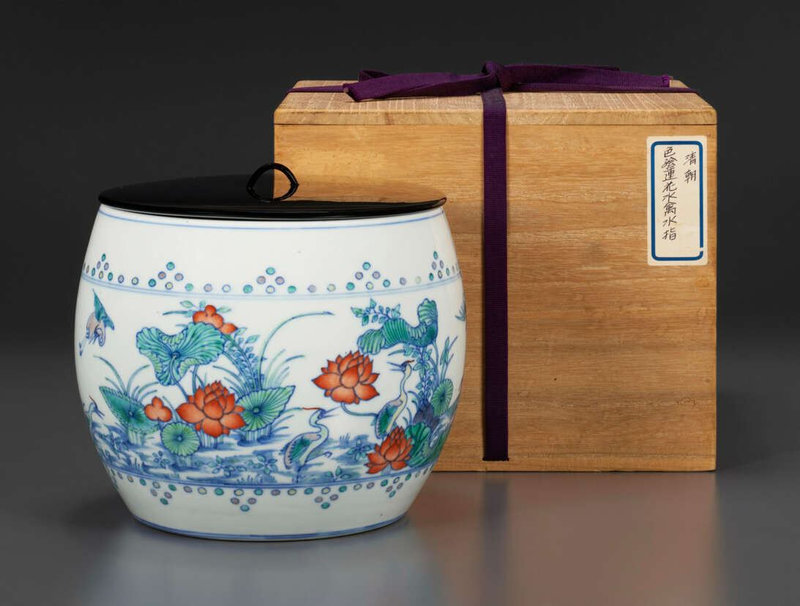
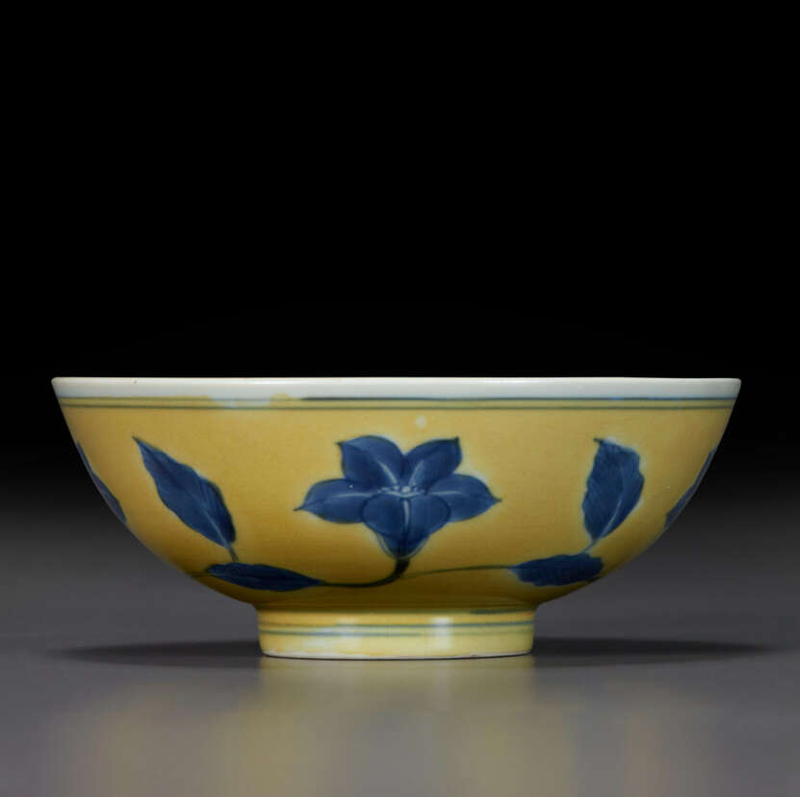
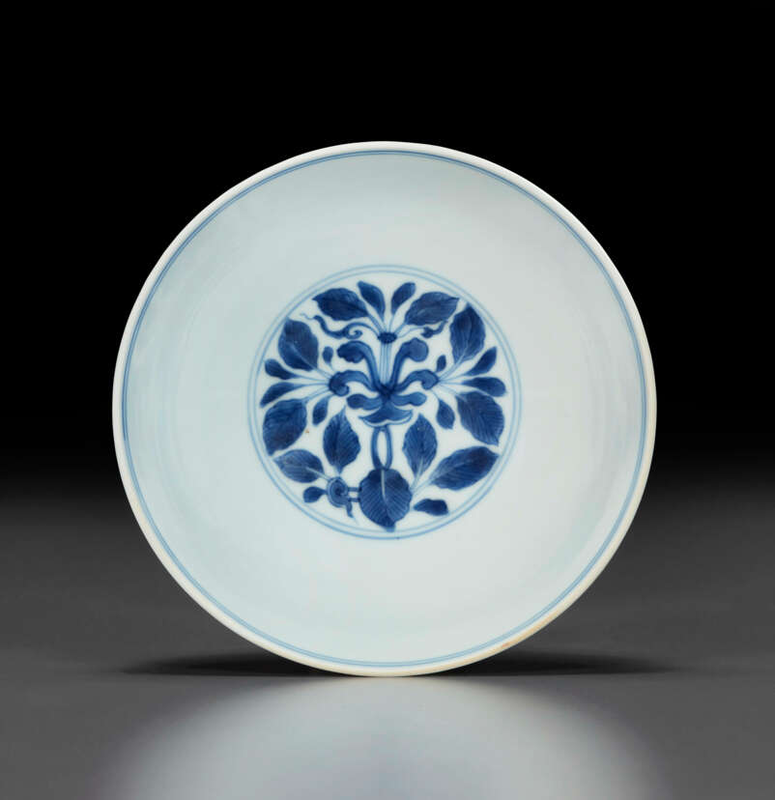

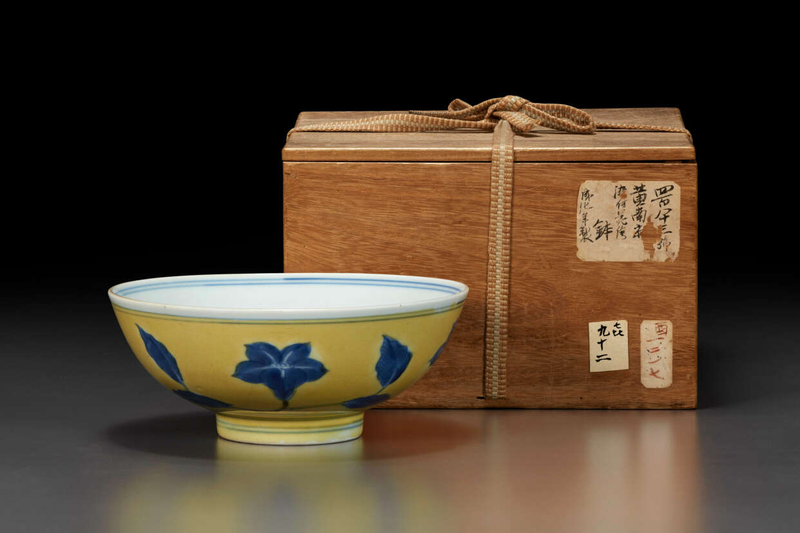
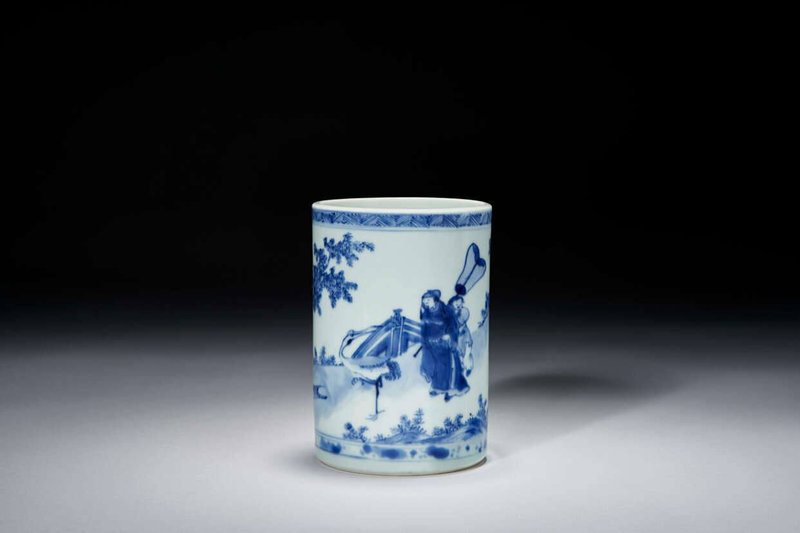
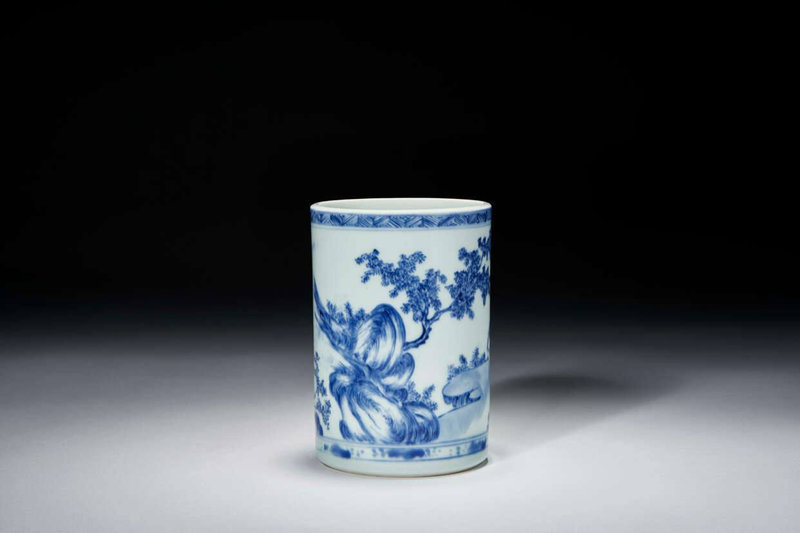

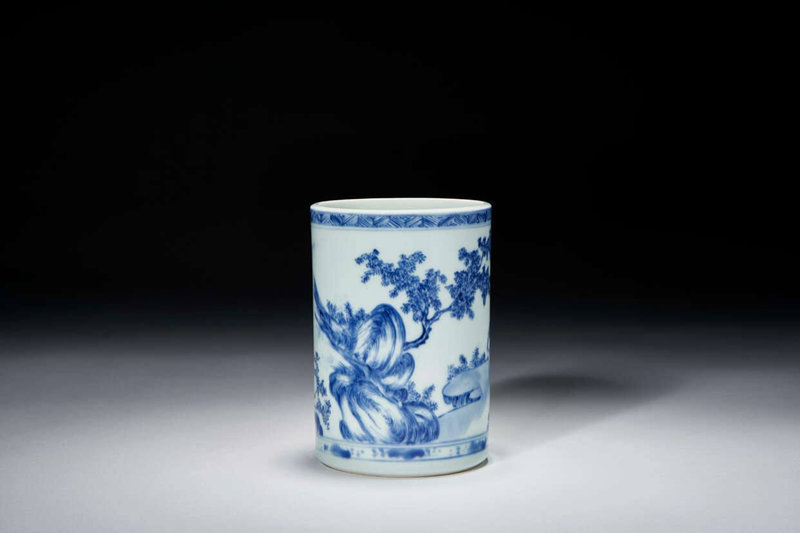
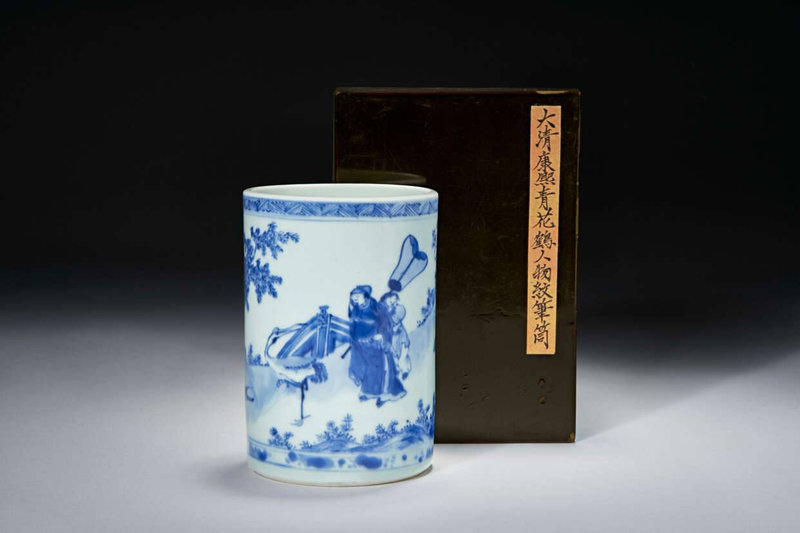
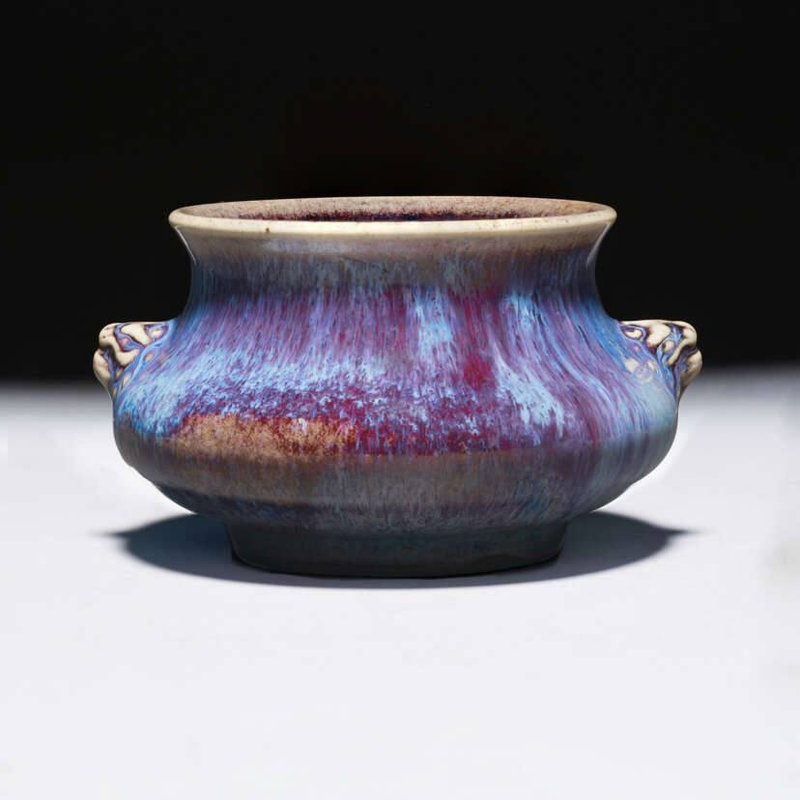
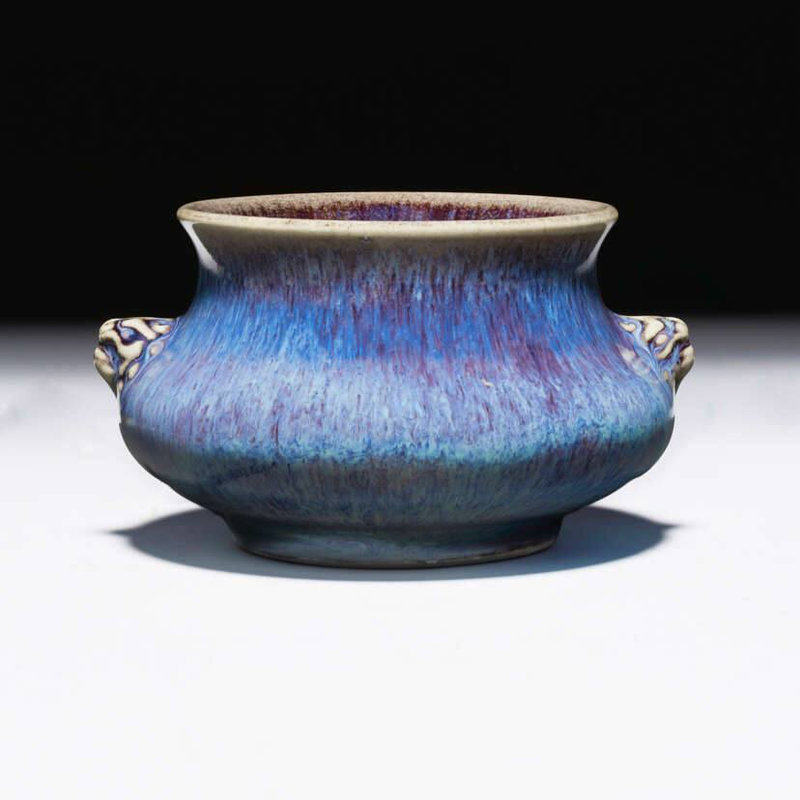
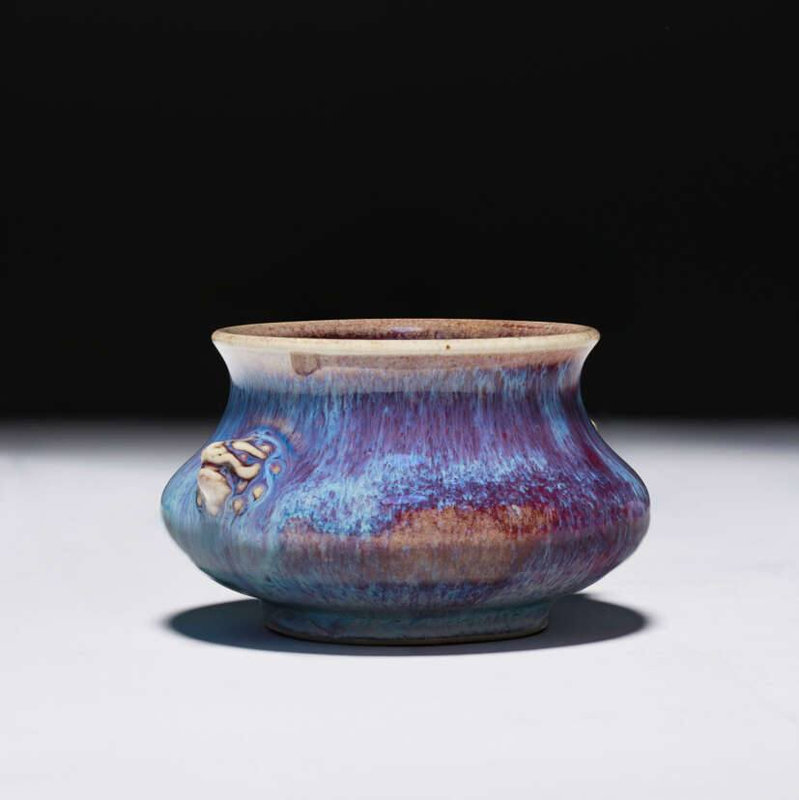

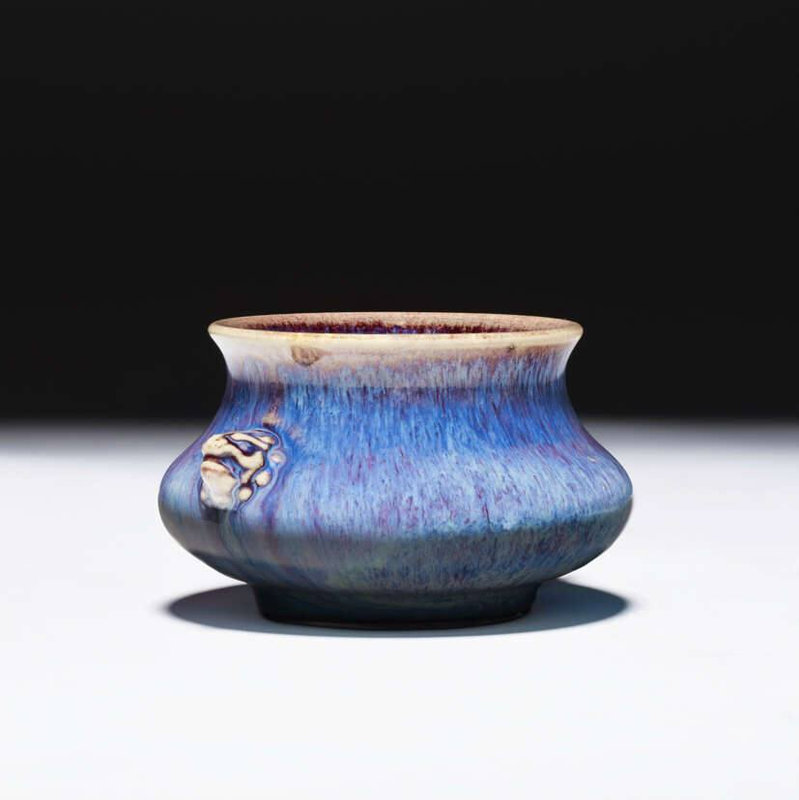

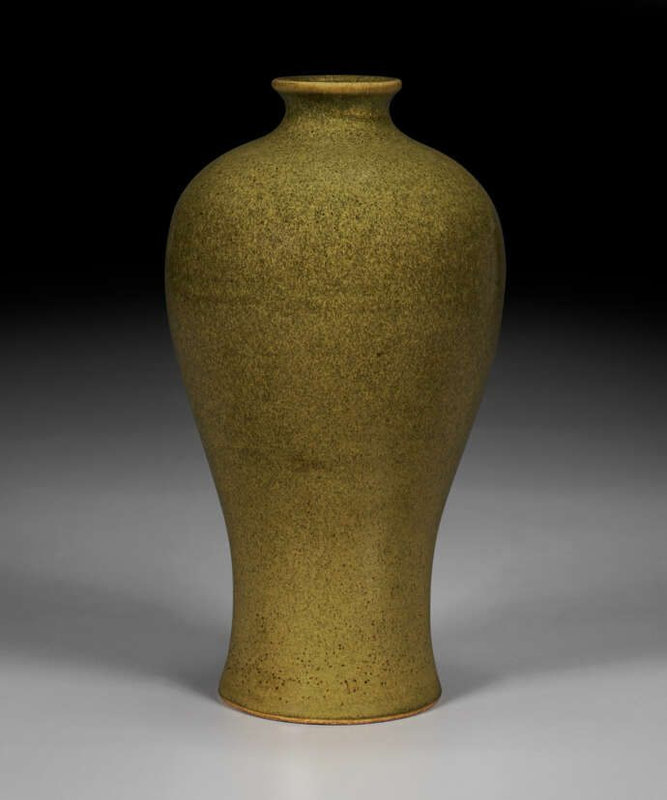
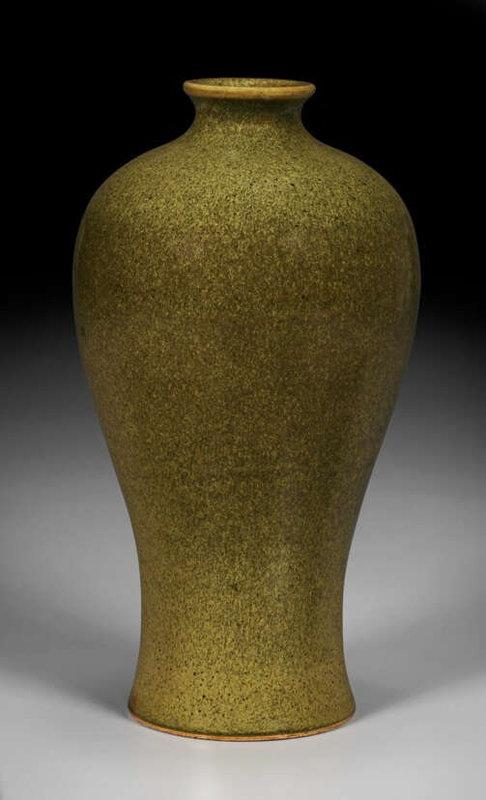
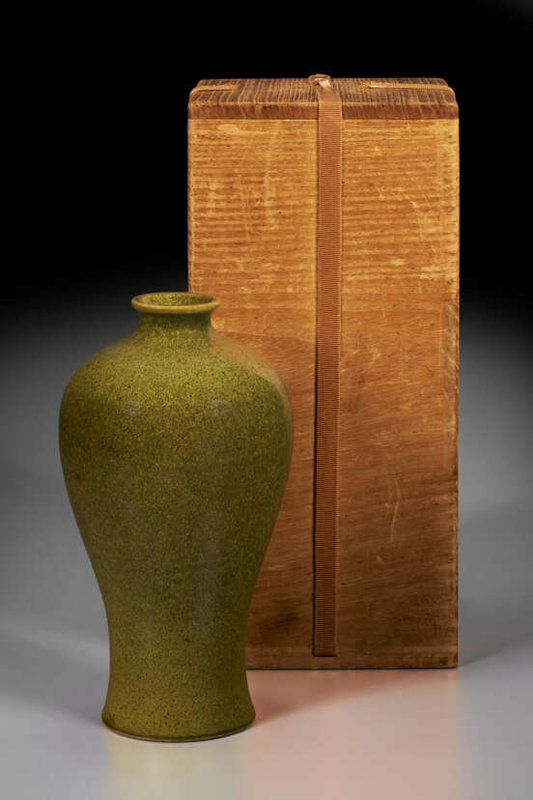

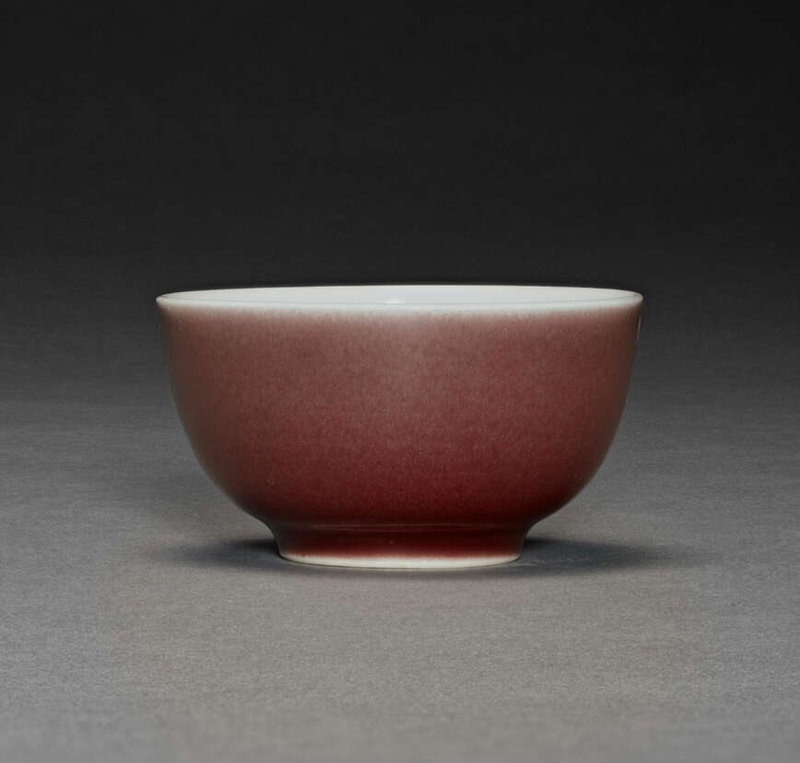




/image%2F1371349%2F20240502%2Fob_bd3c09_telechargement-4.jpg)
/image%2F1371349%2F20240502%2Fob_046c62_telechargement.jpg)
/image%2F1371349%2F20240412%2Fob_032fb1_2024-nyr-22642-0928-000-a-rare-painted.jpg)
/image%2F1371349%2F20240406%2Fob_9dfc32_43940a1f-2ced-406a-946b-752cdf1507aa-0.jpg)